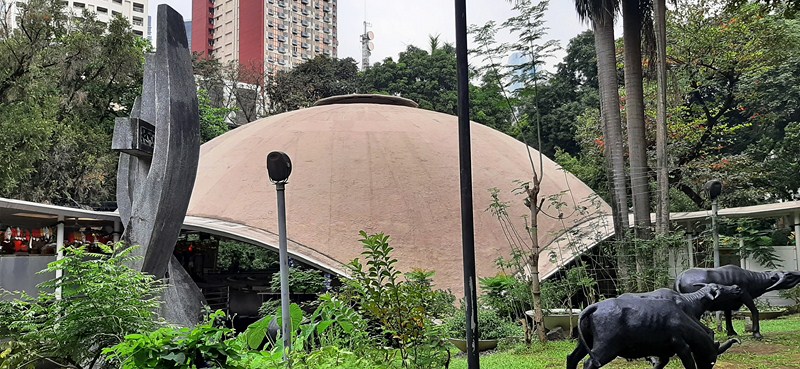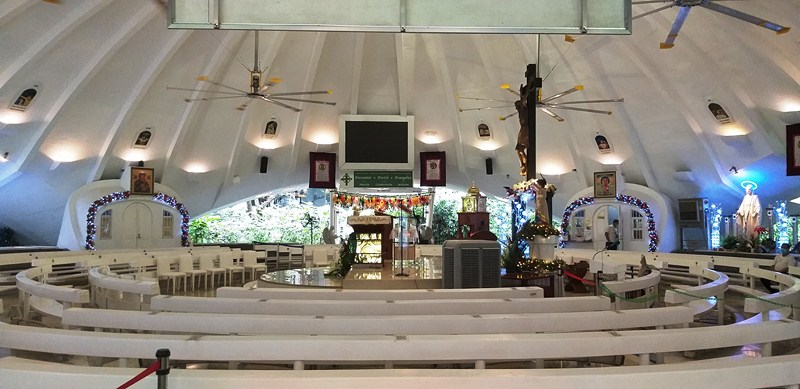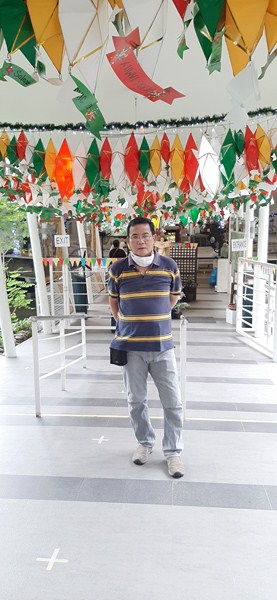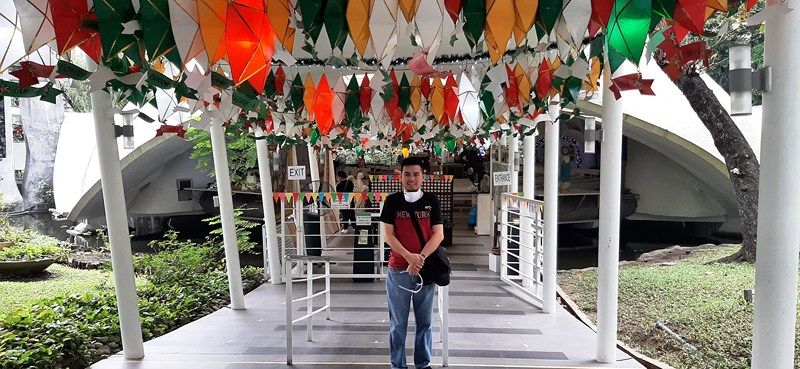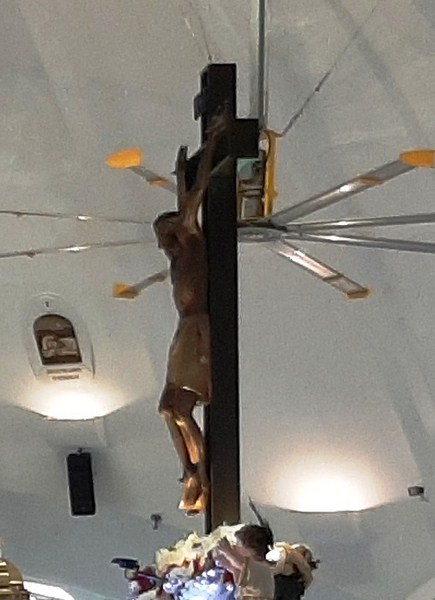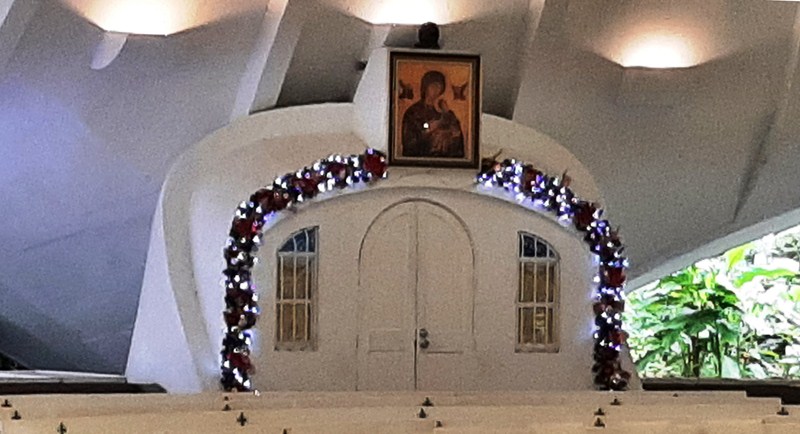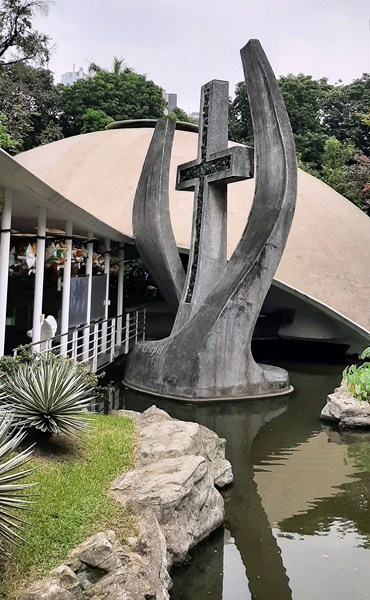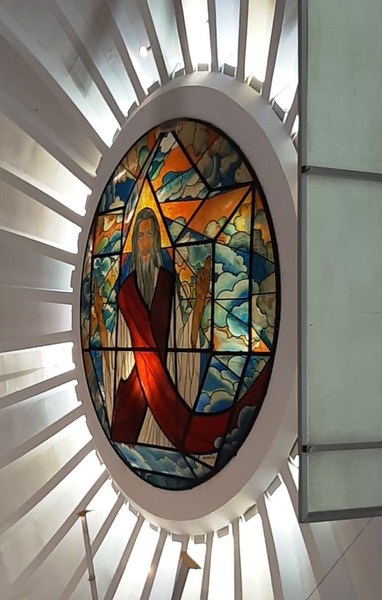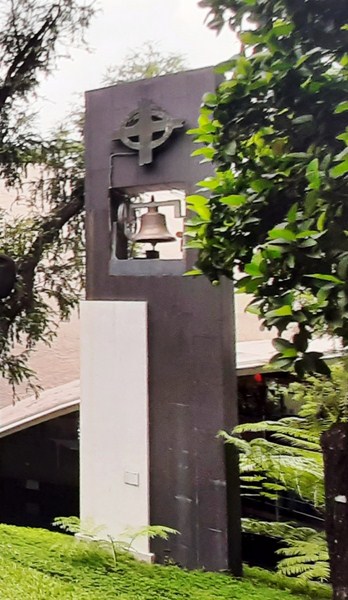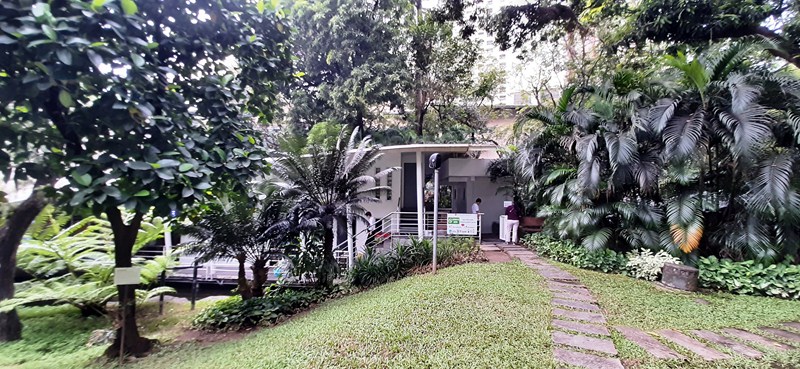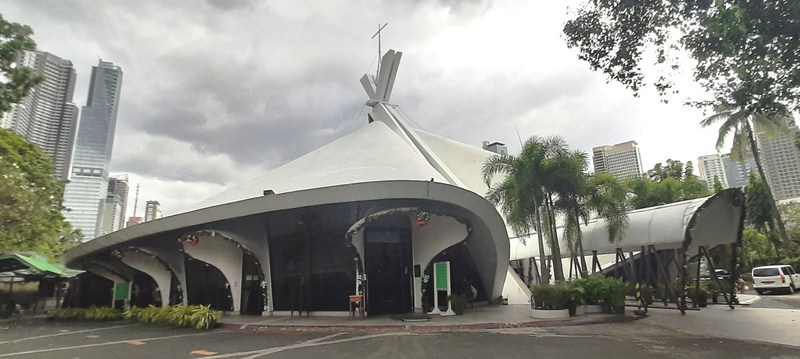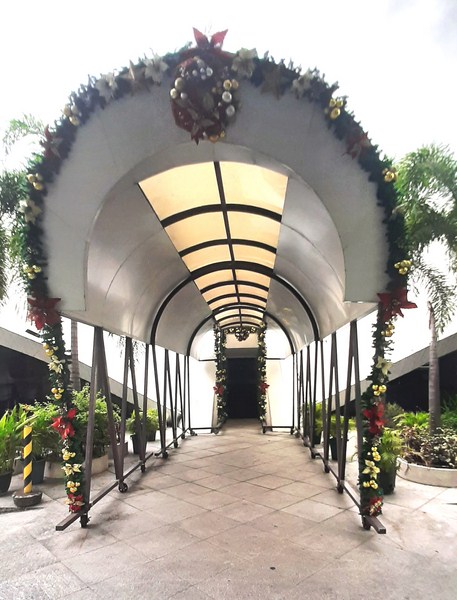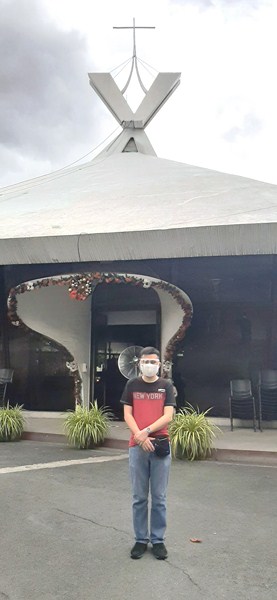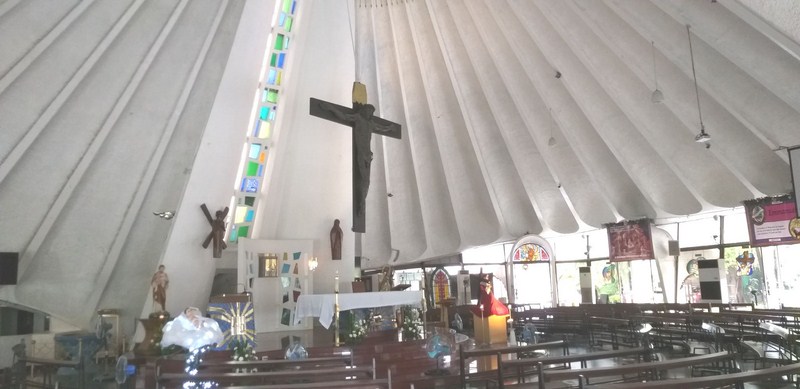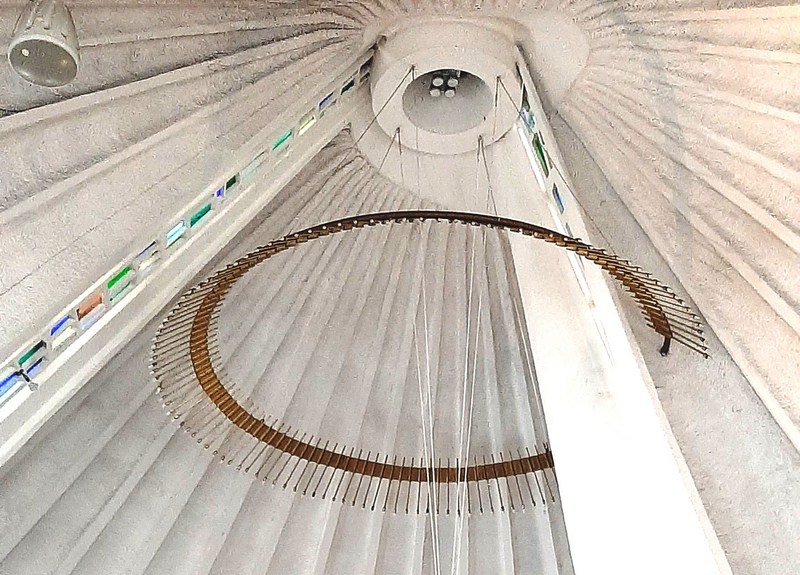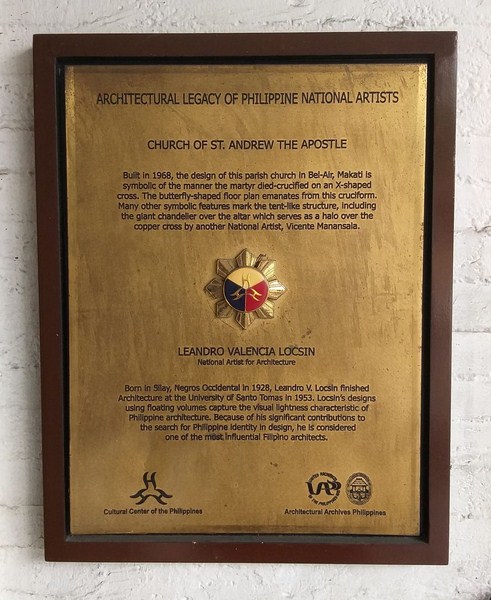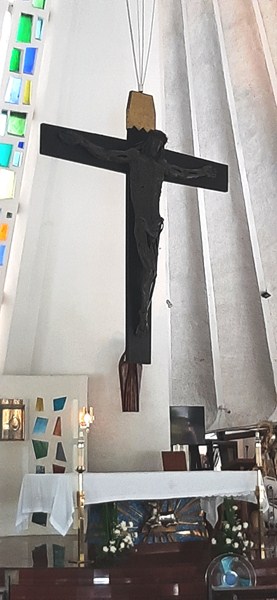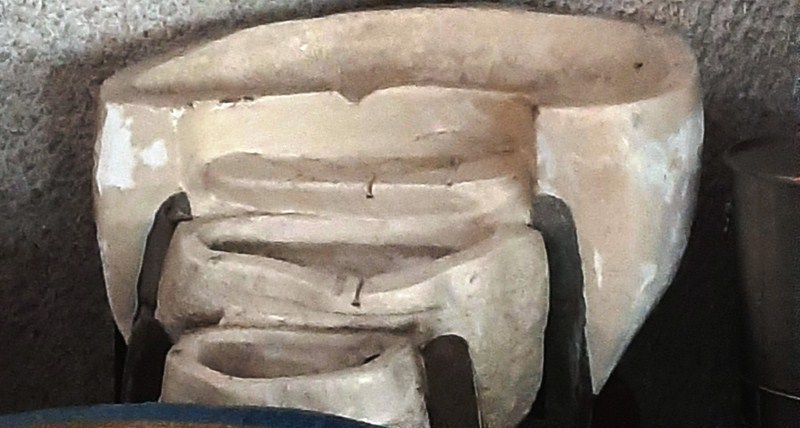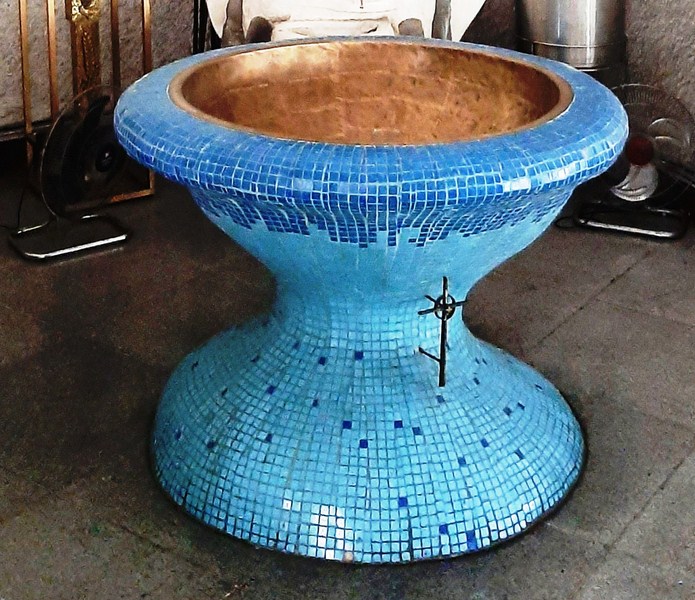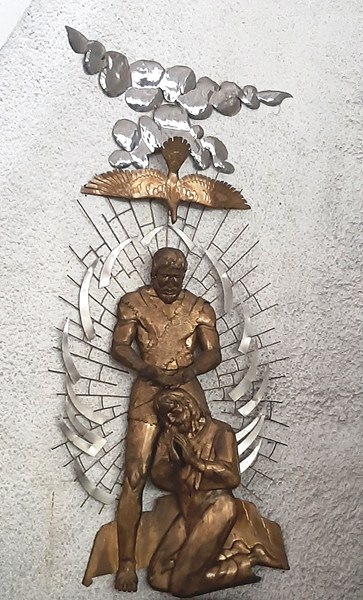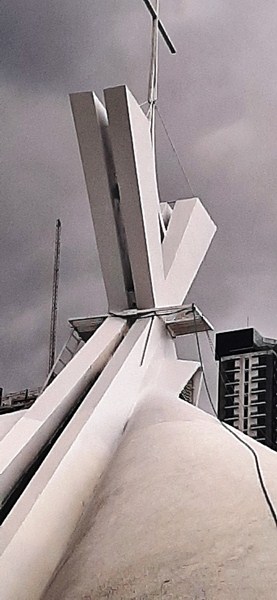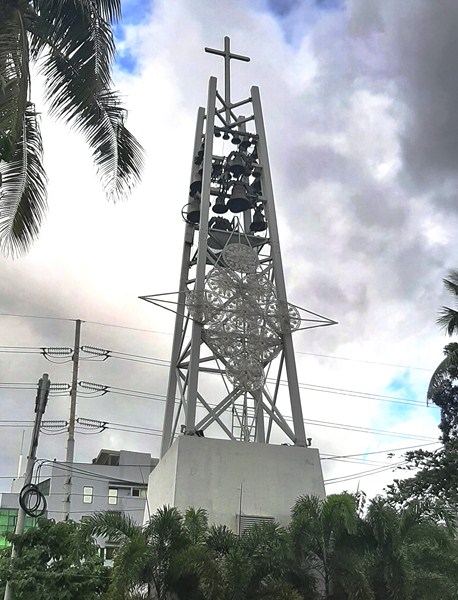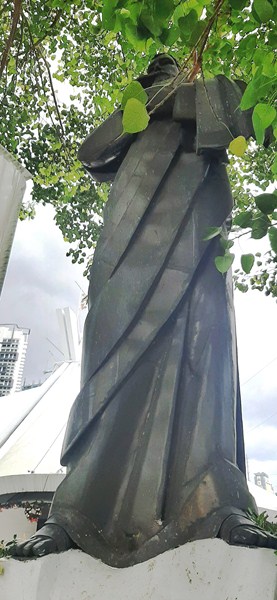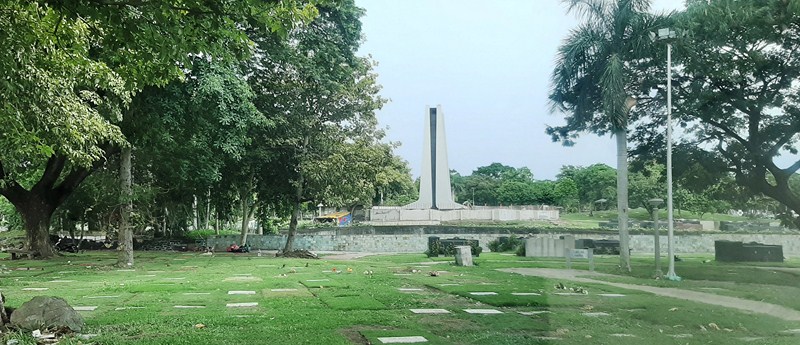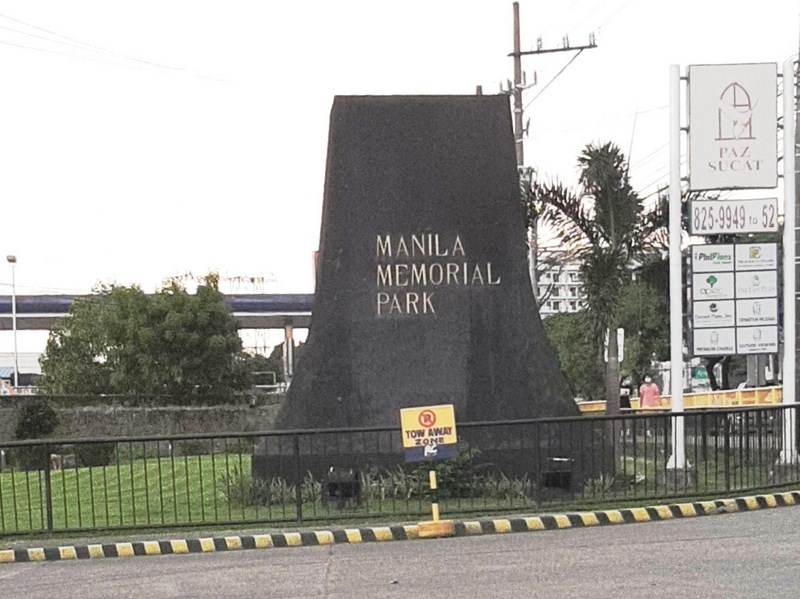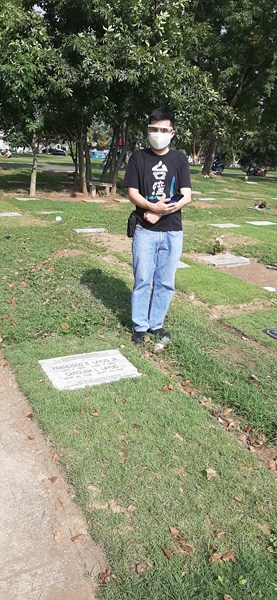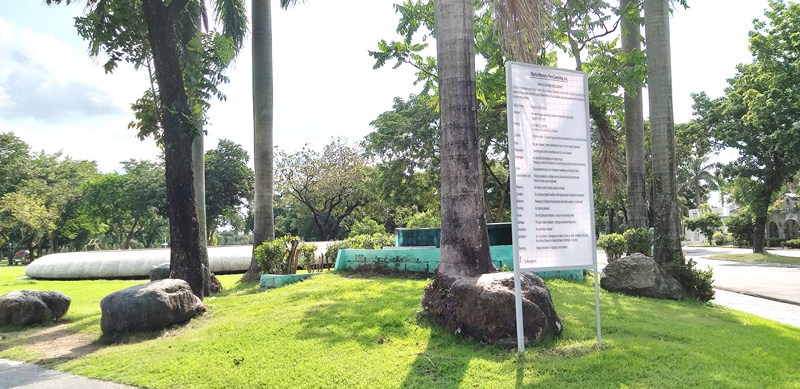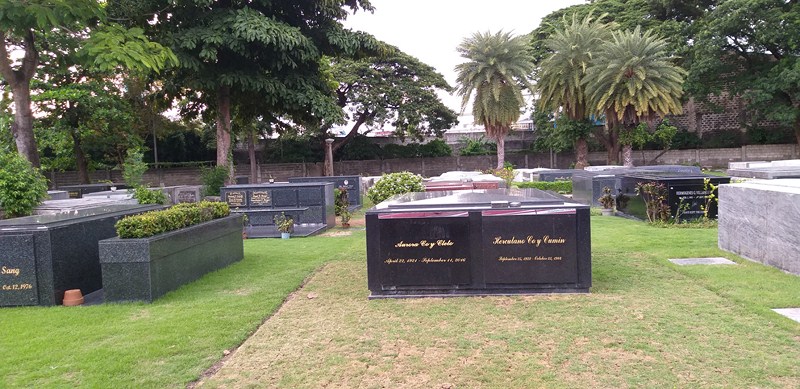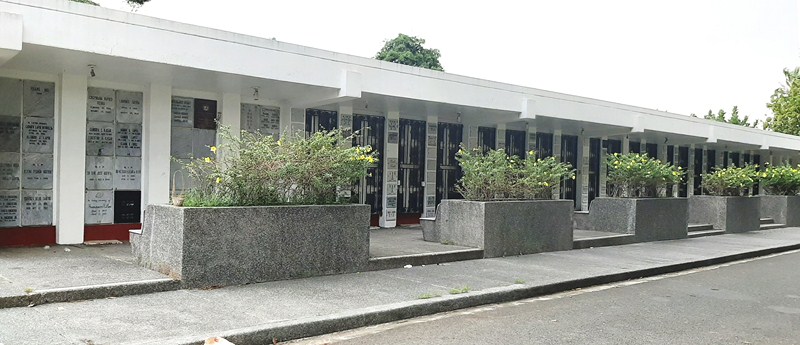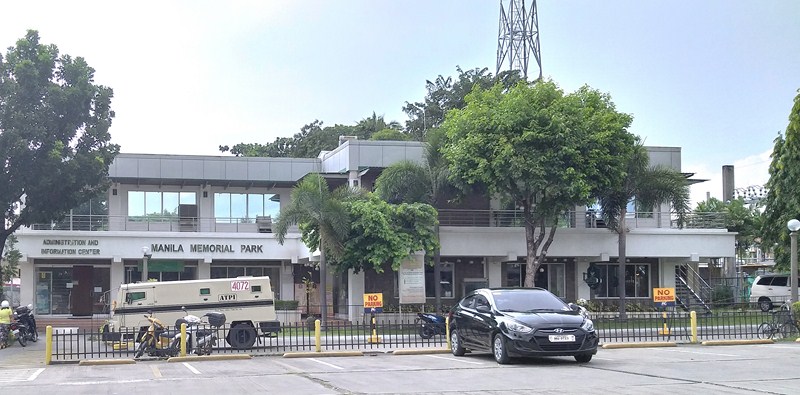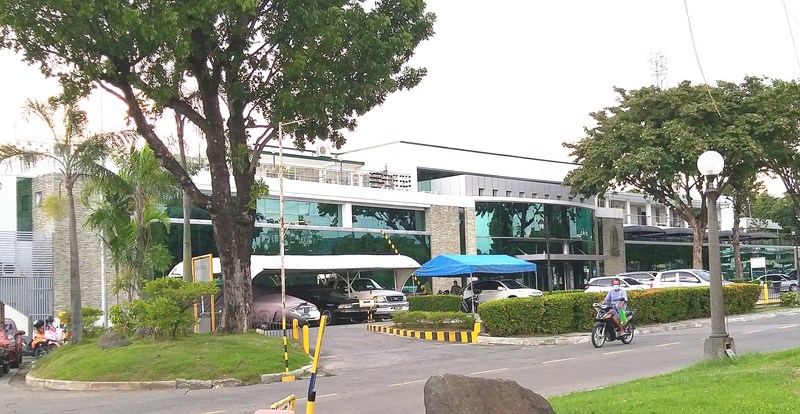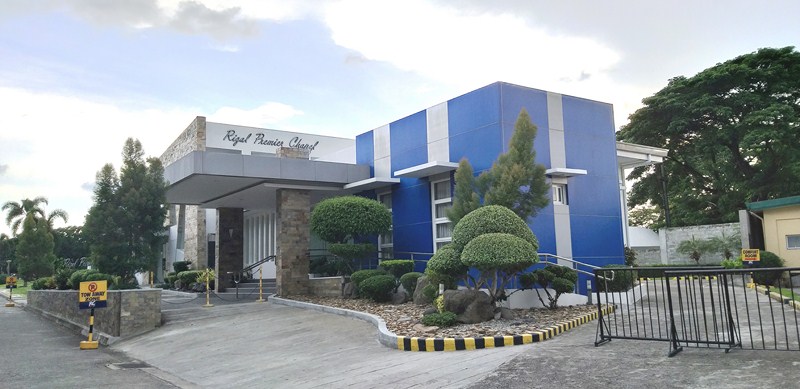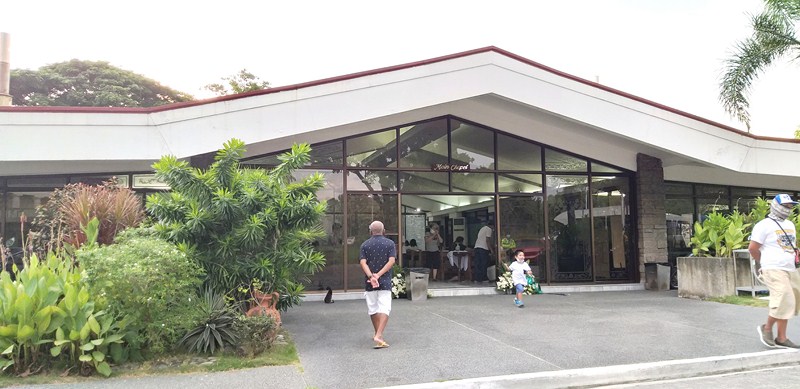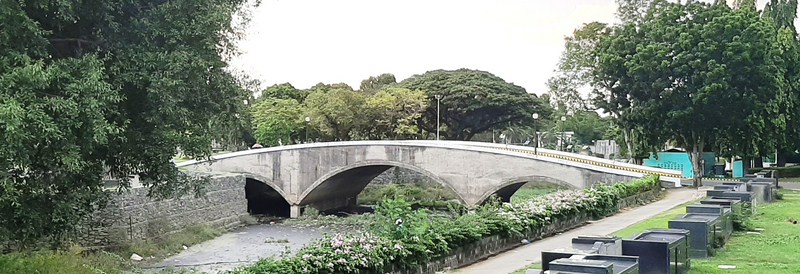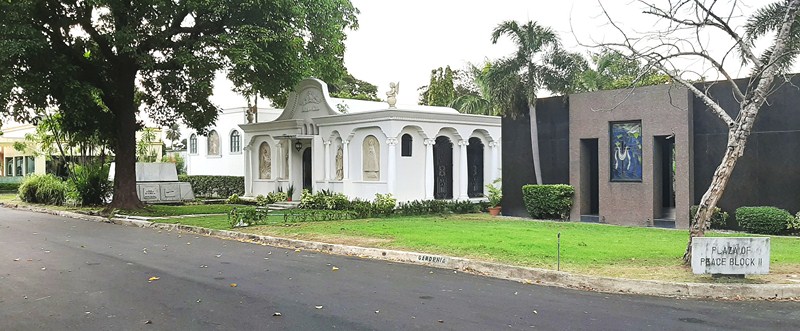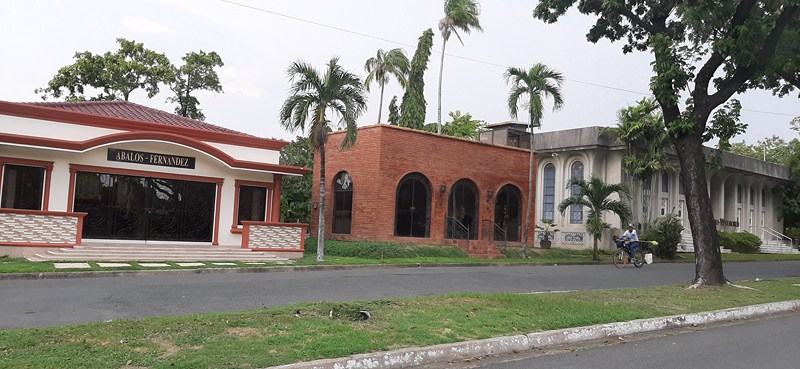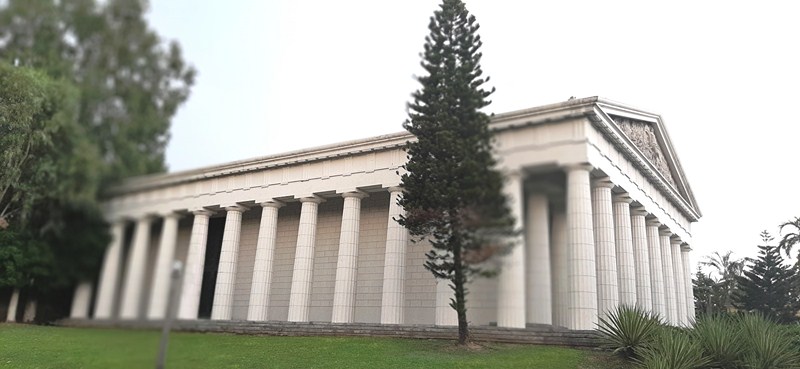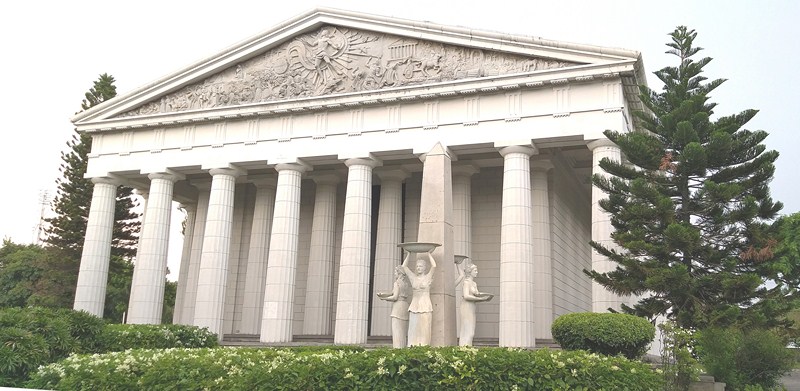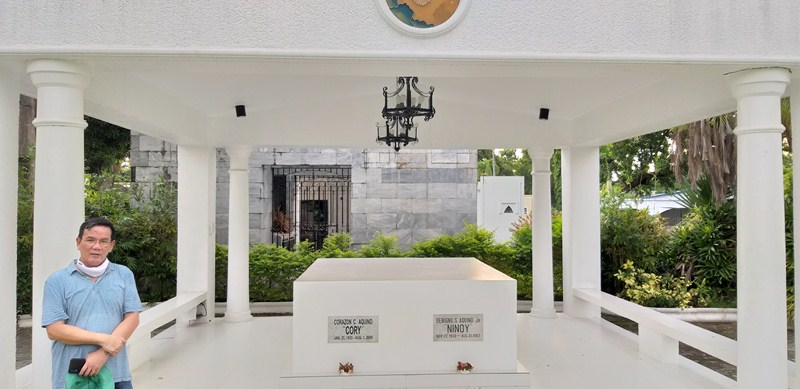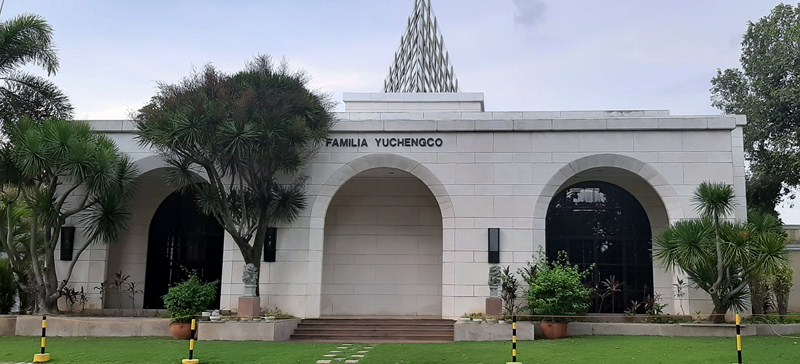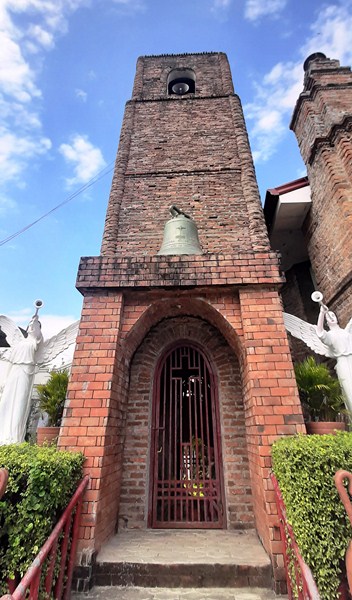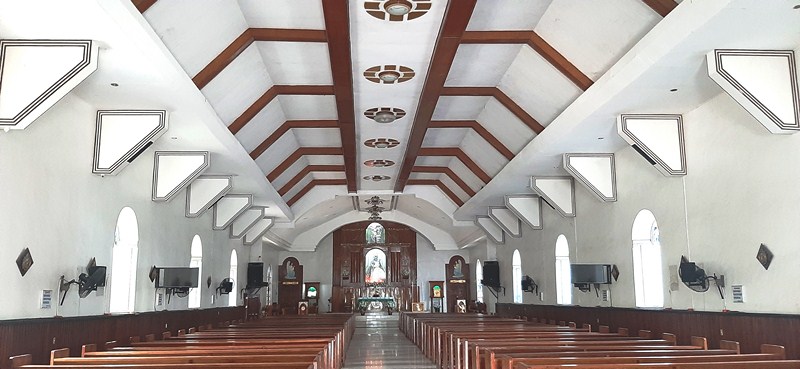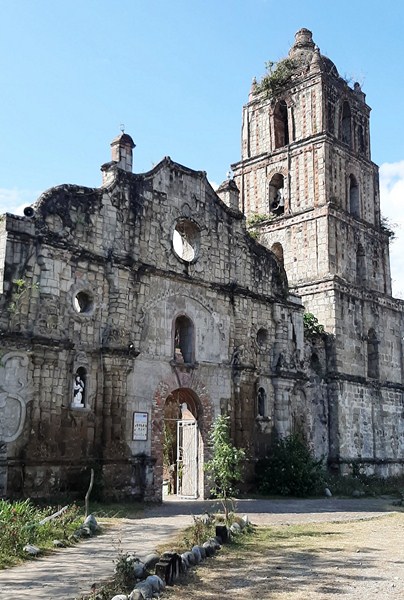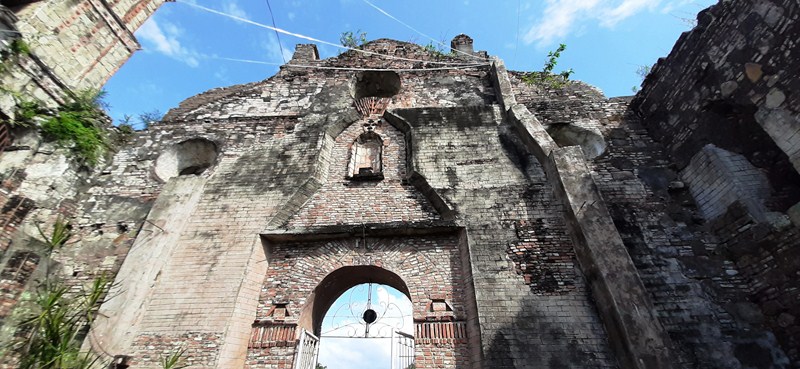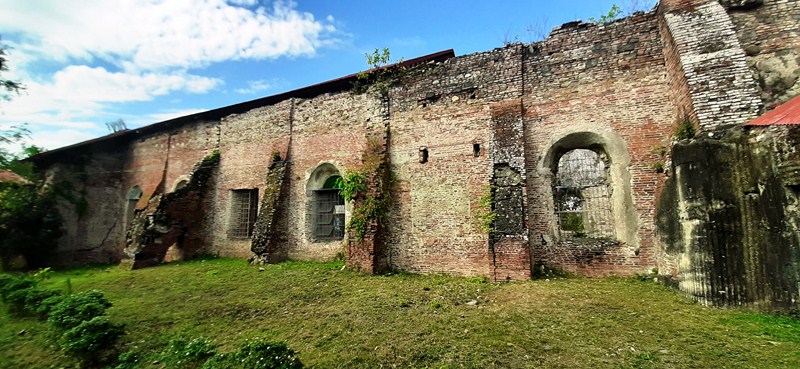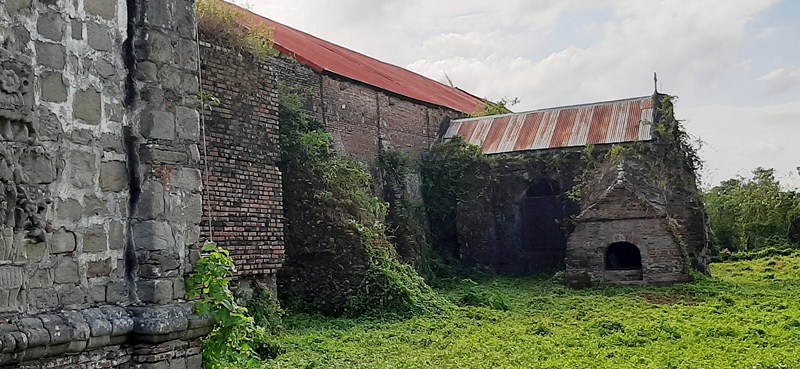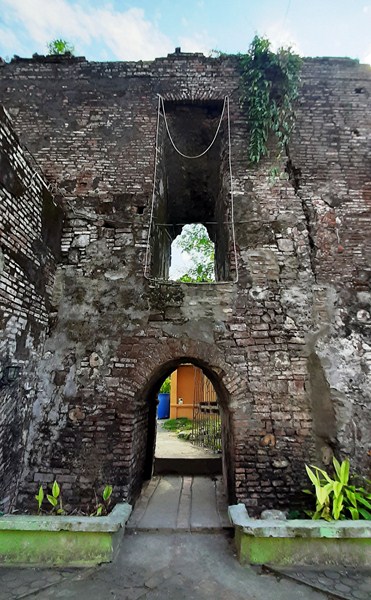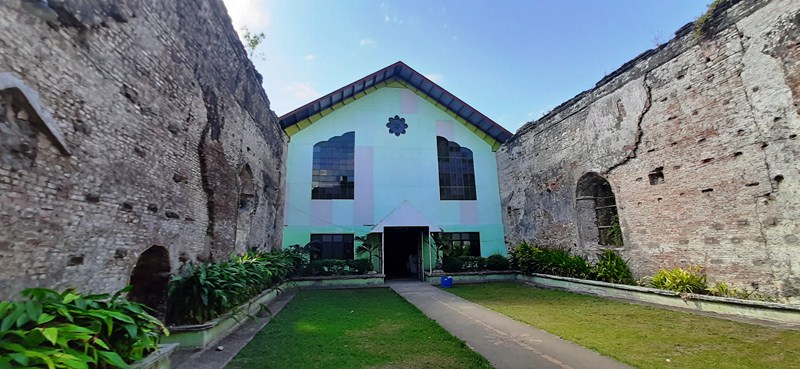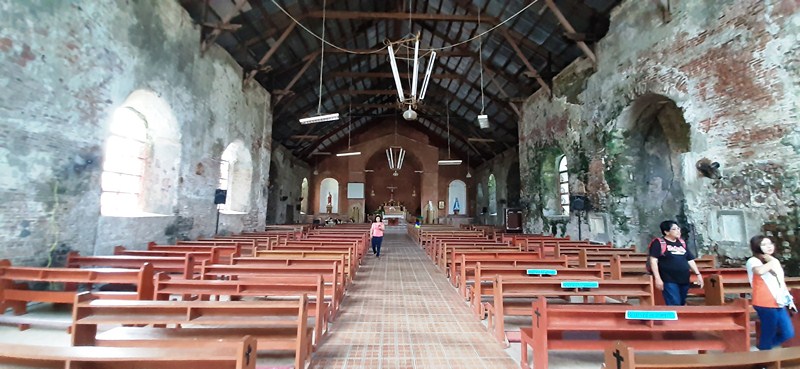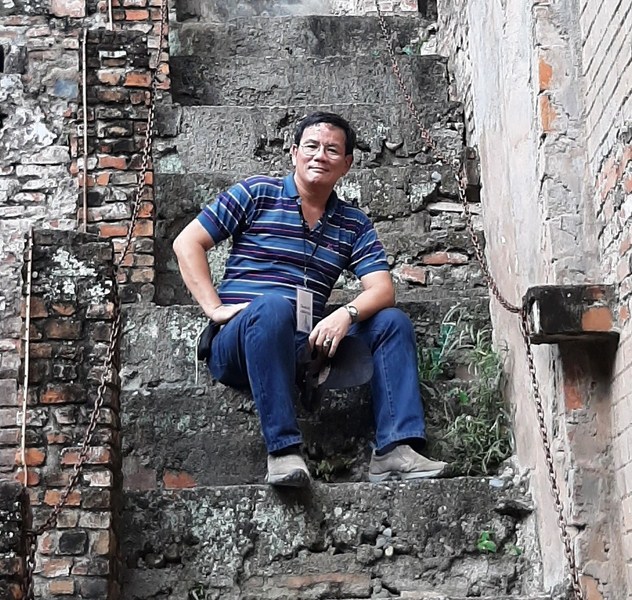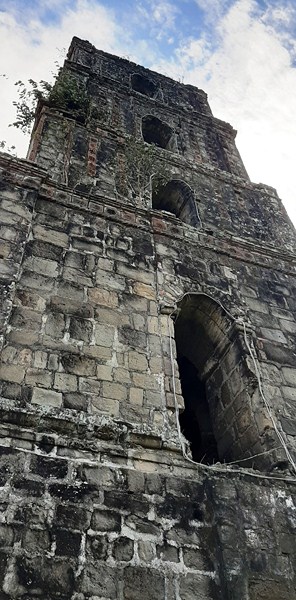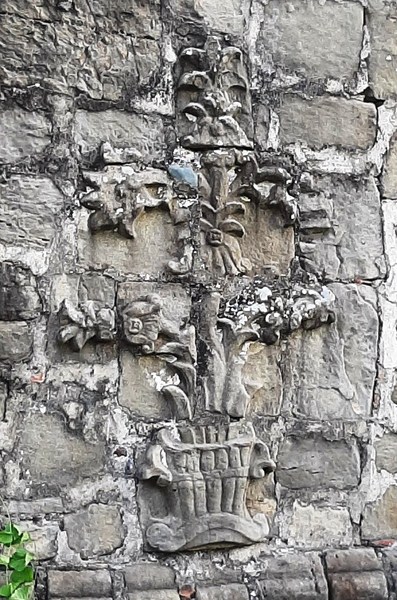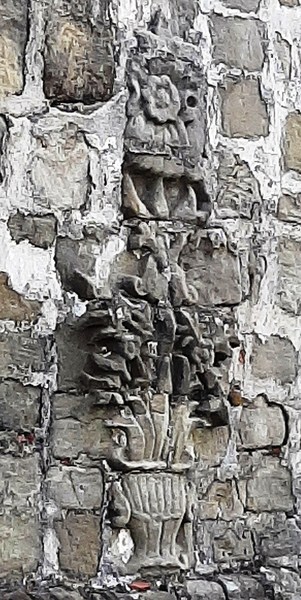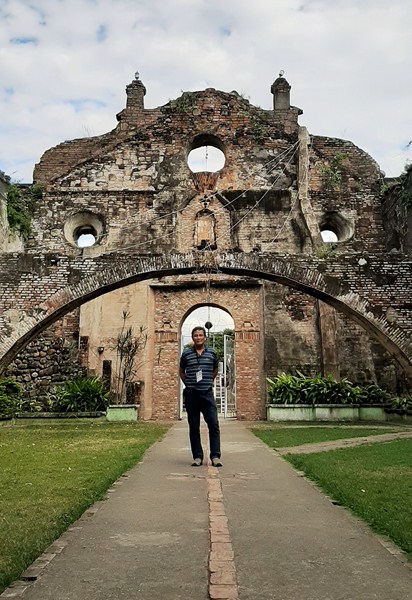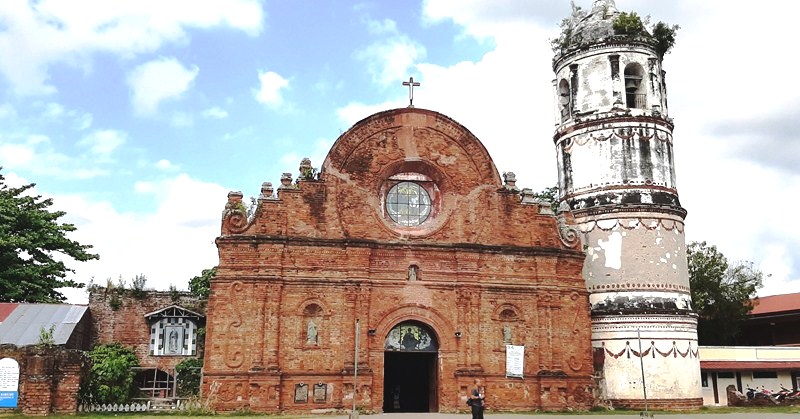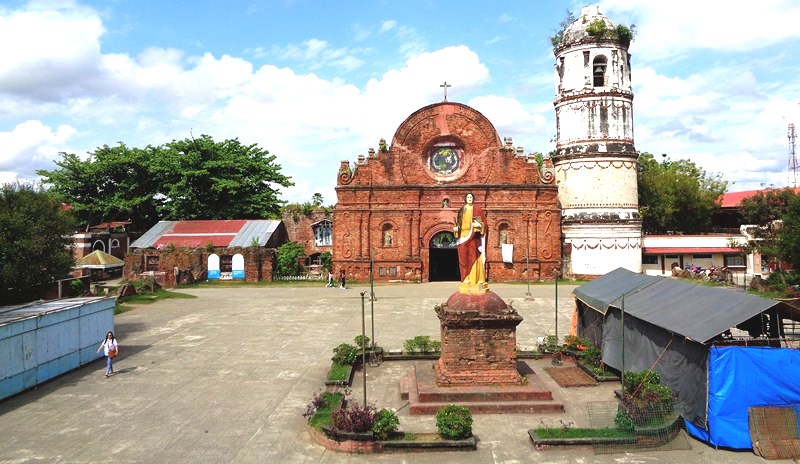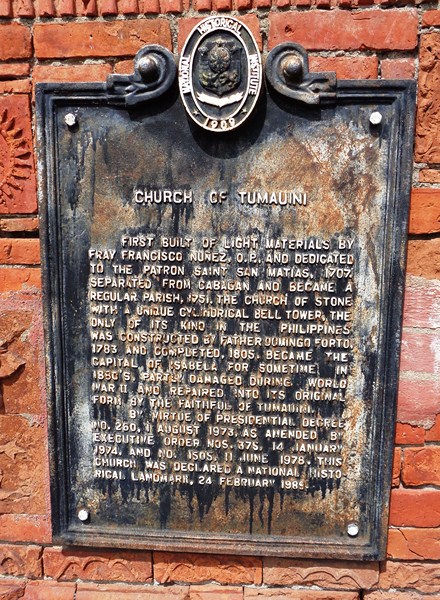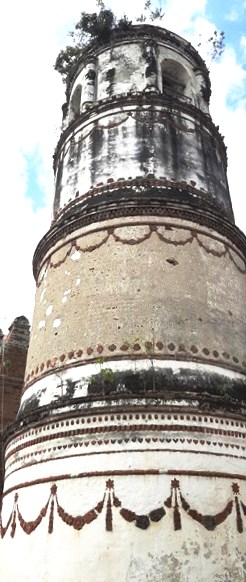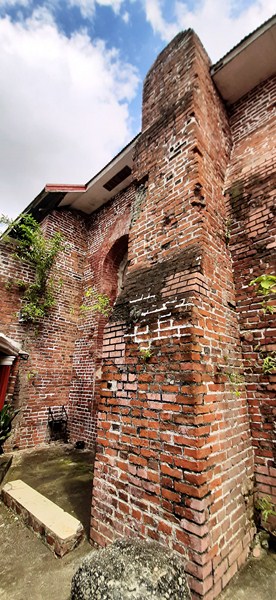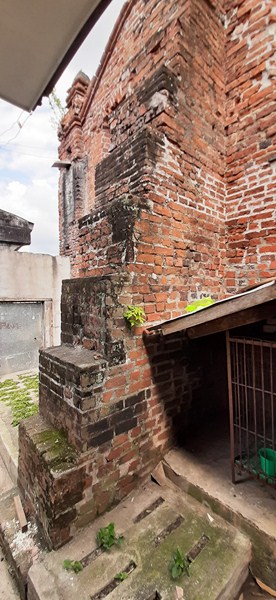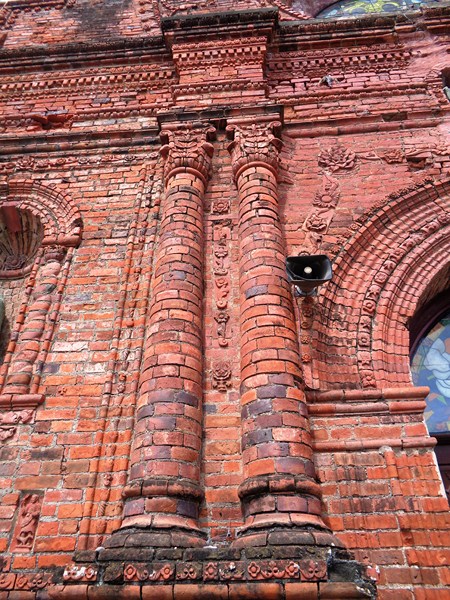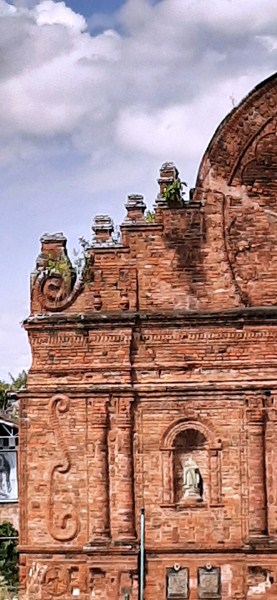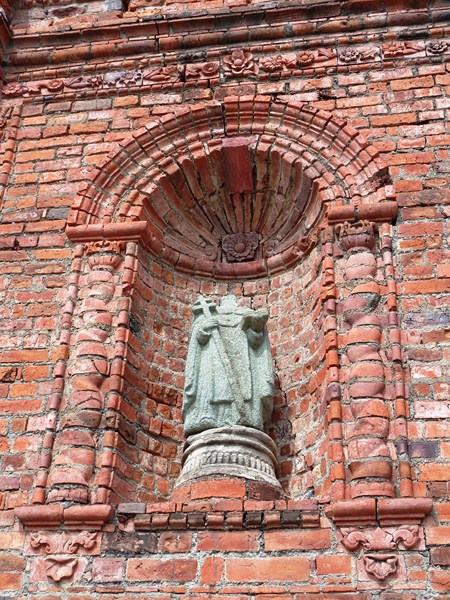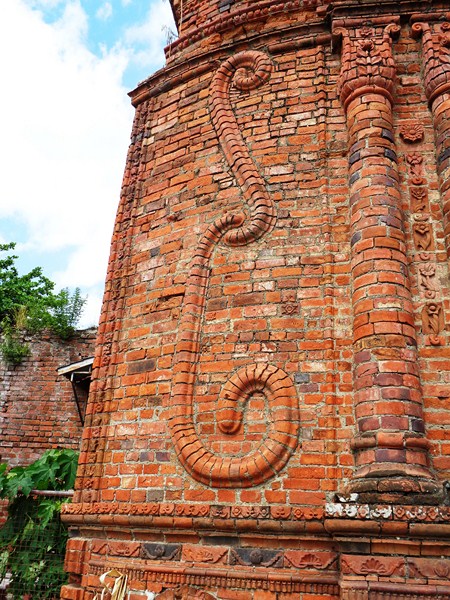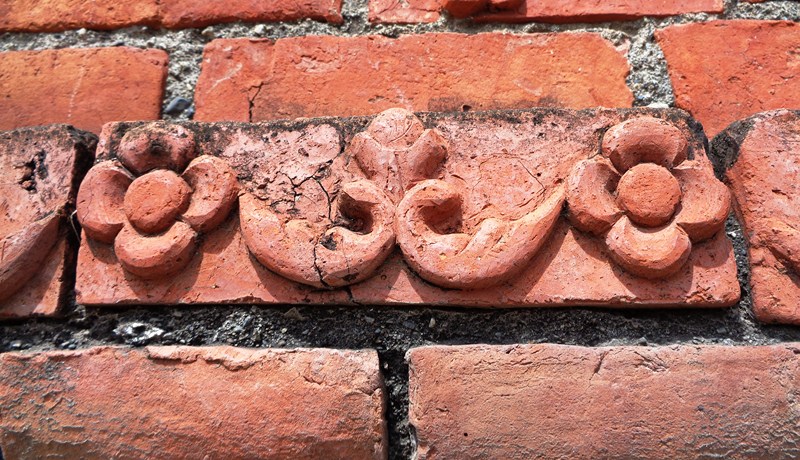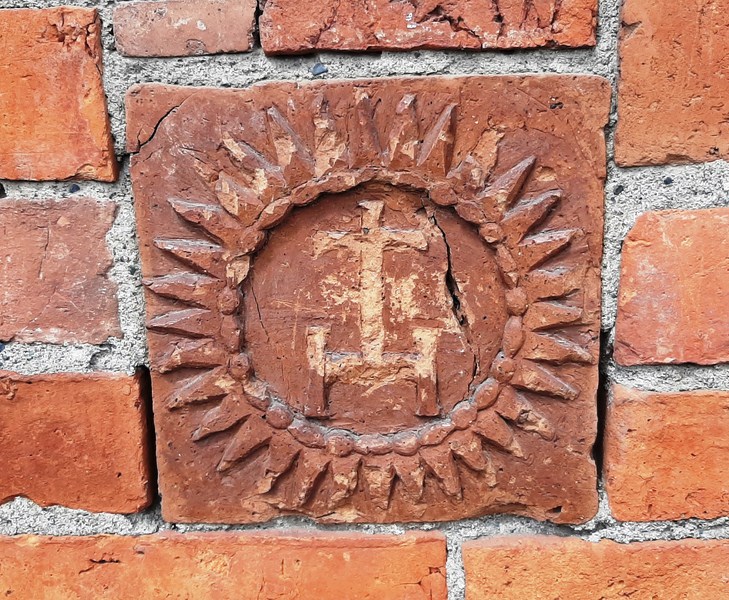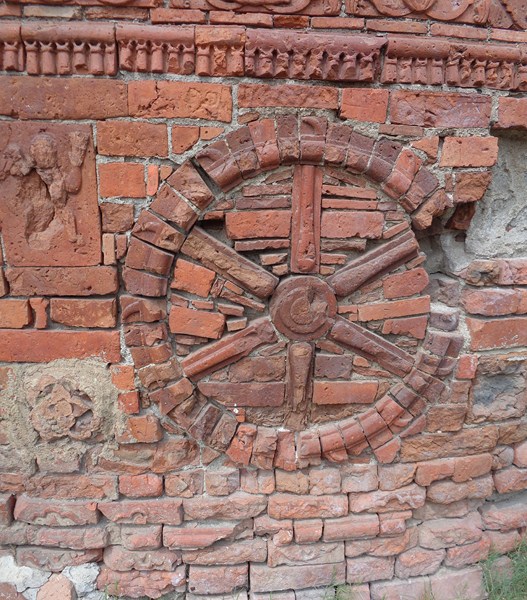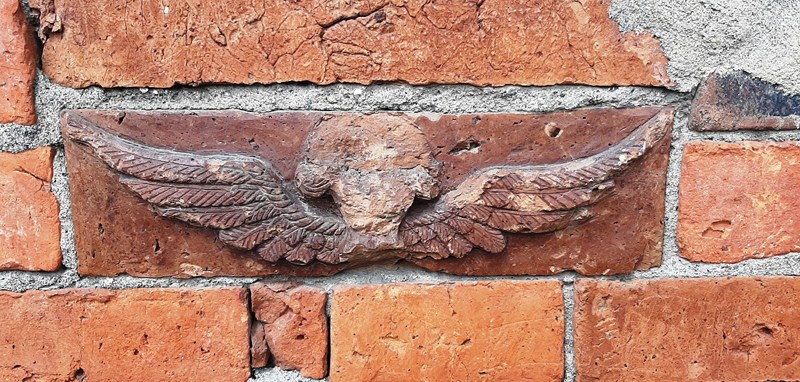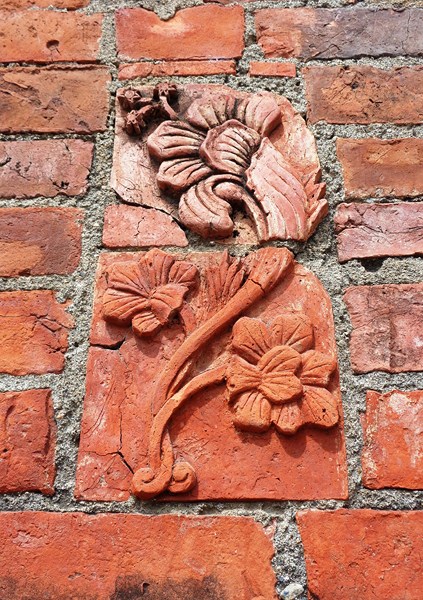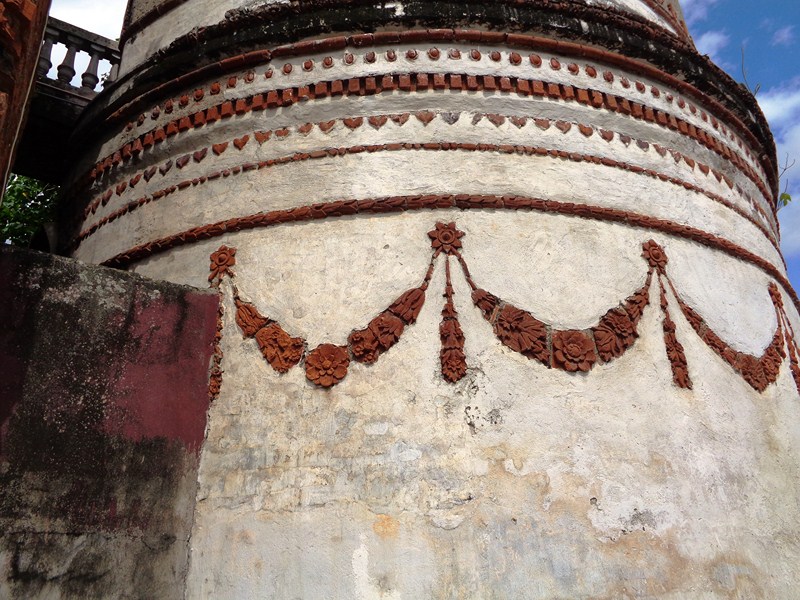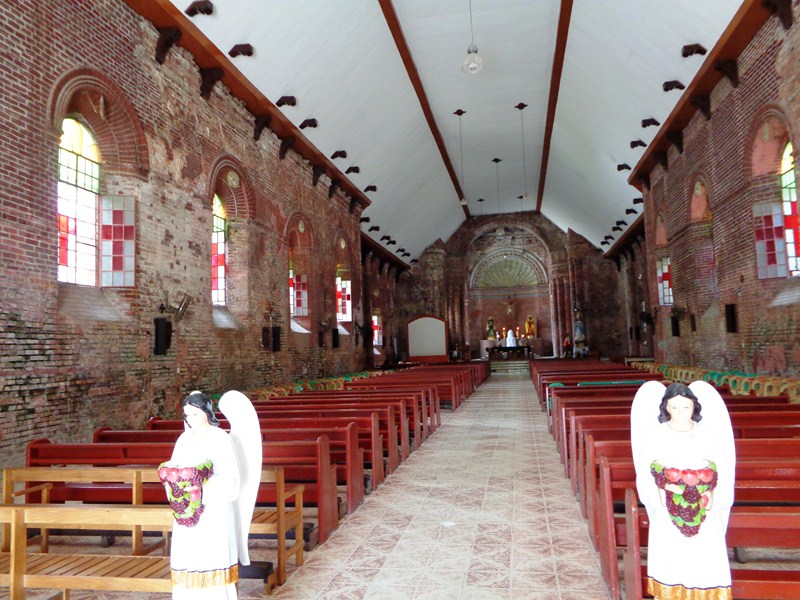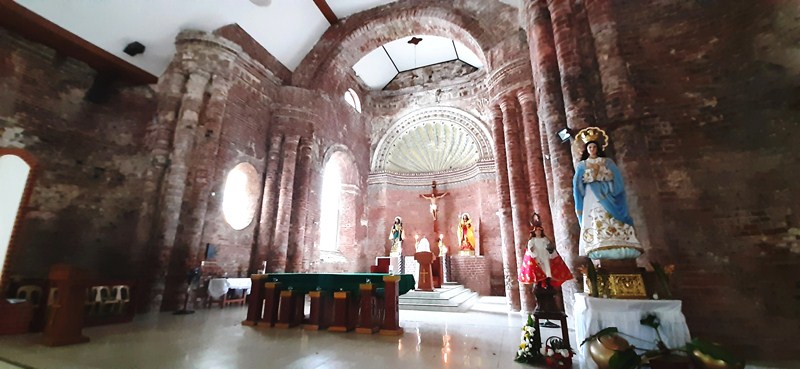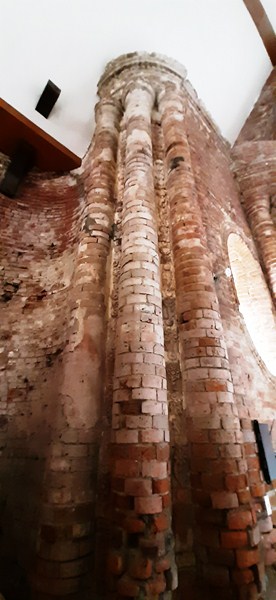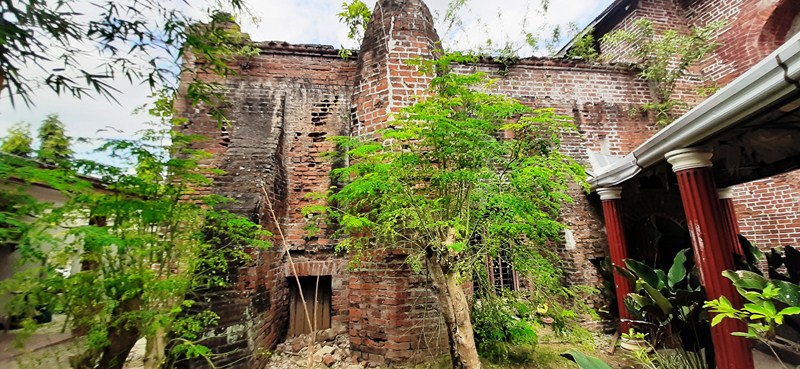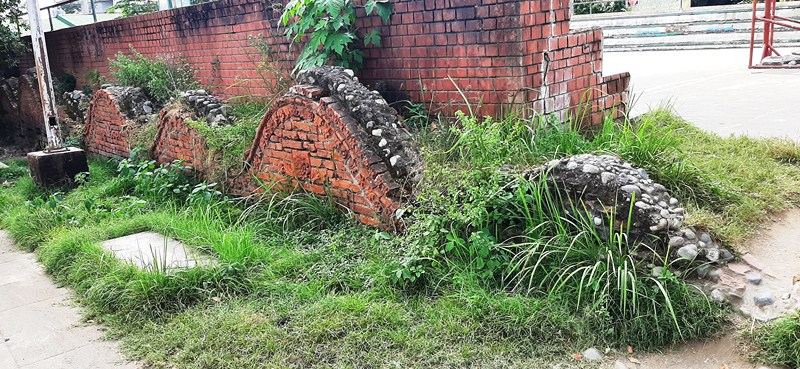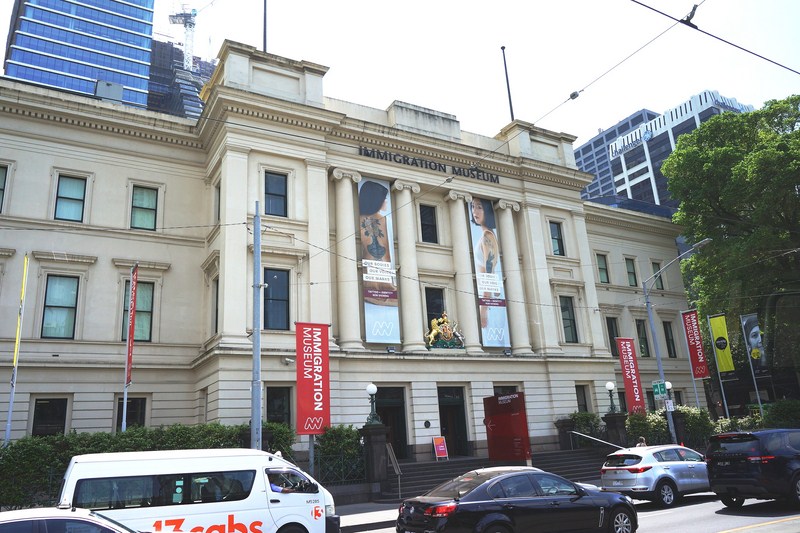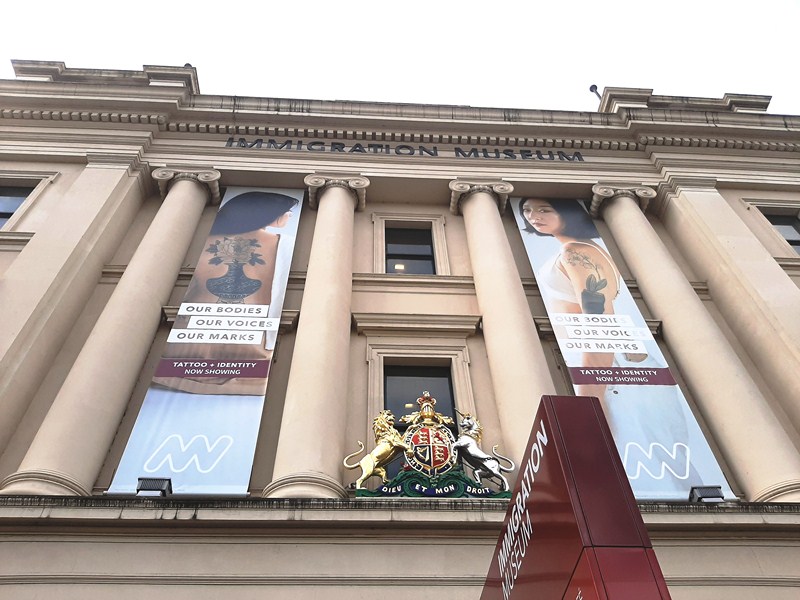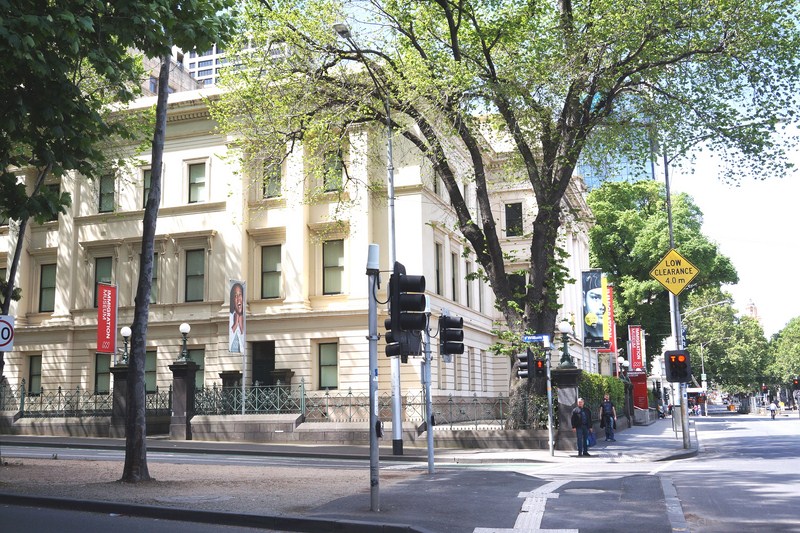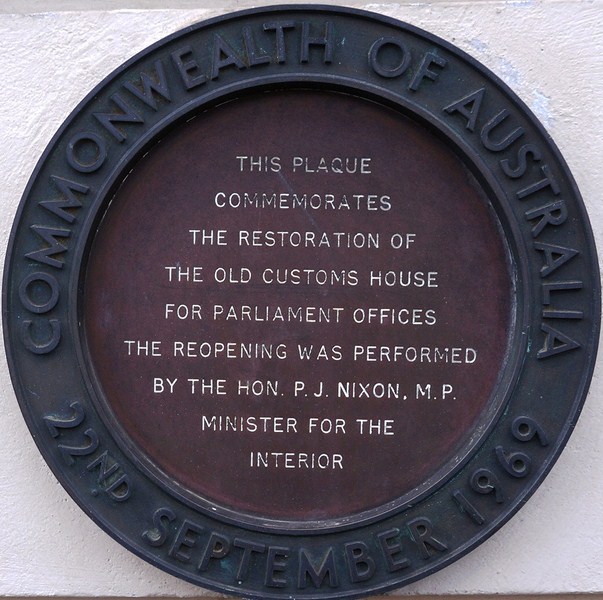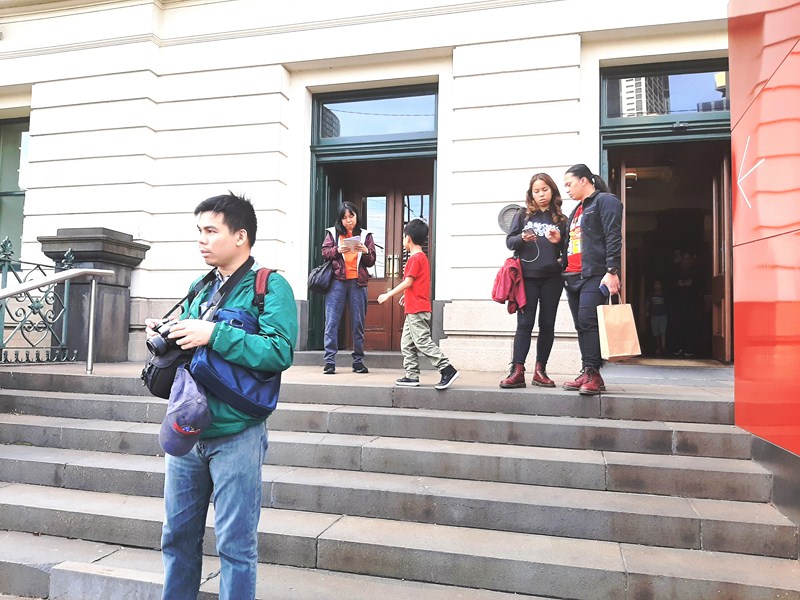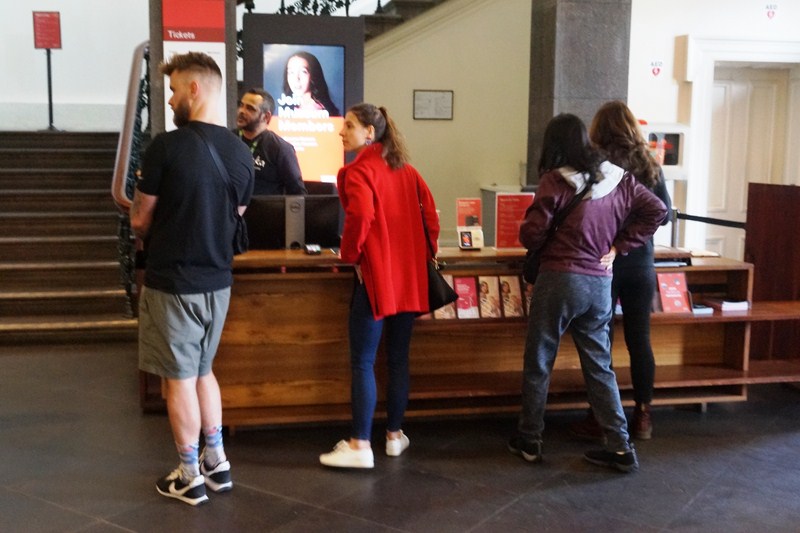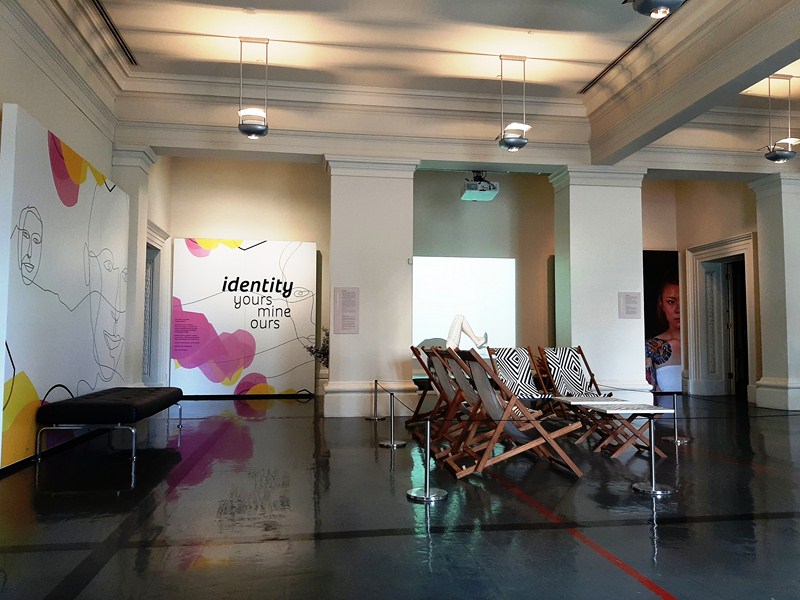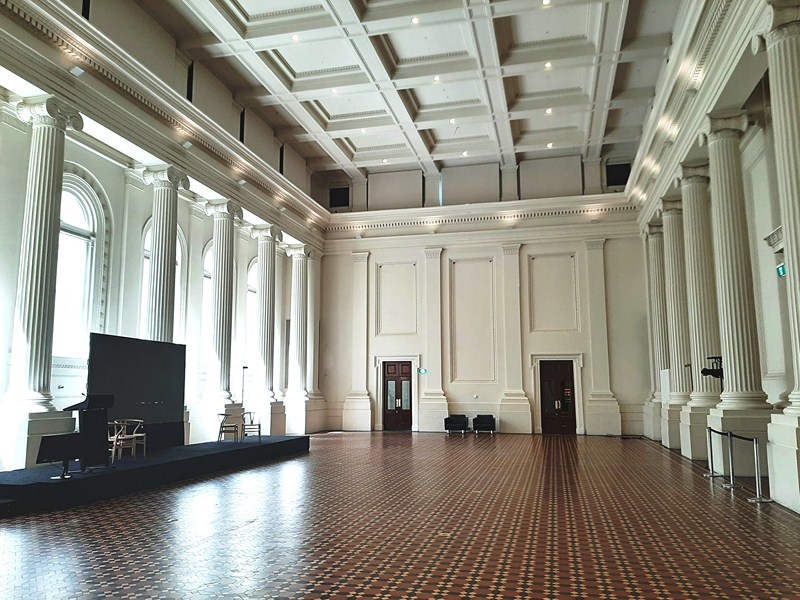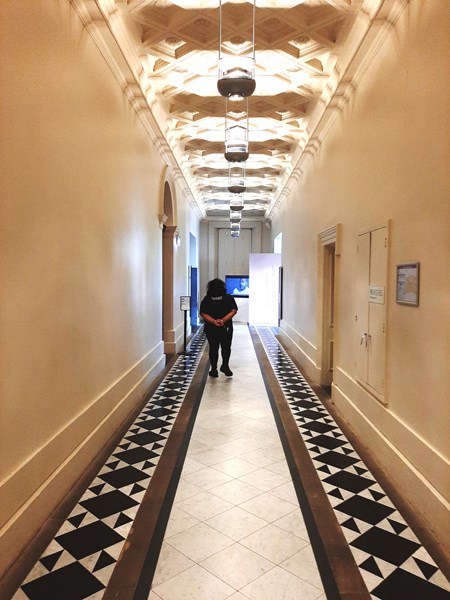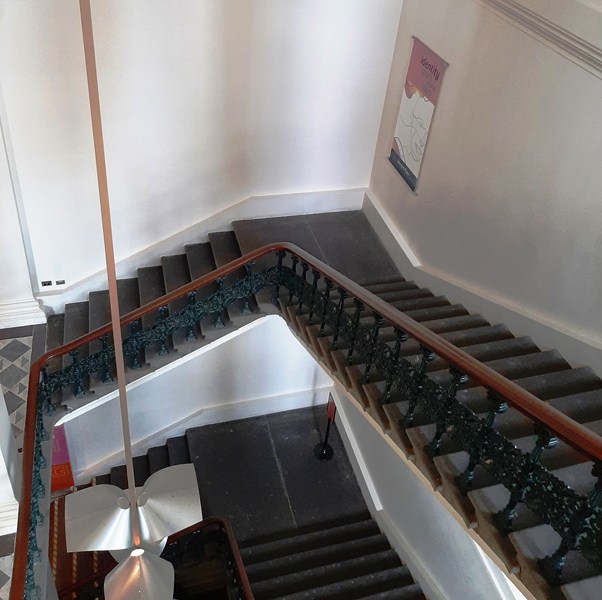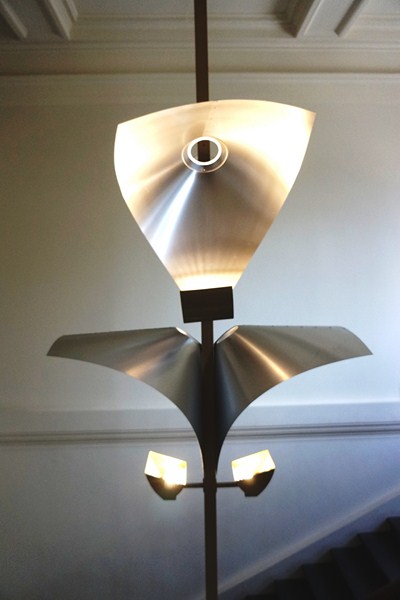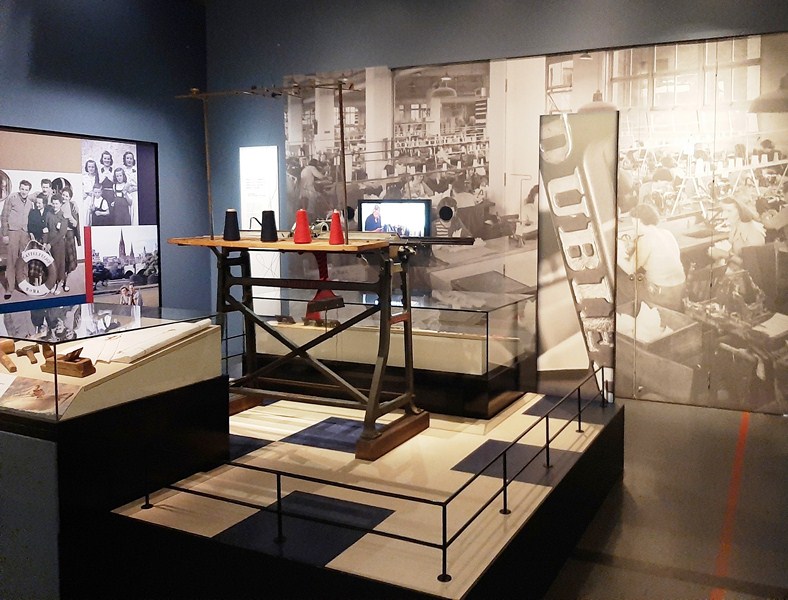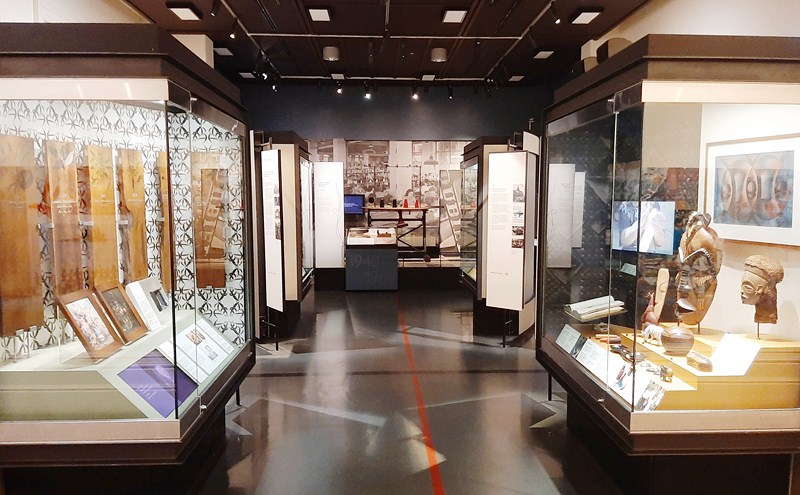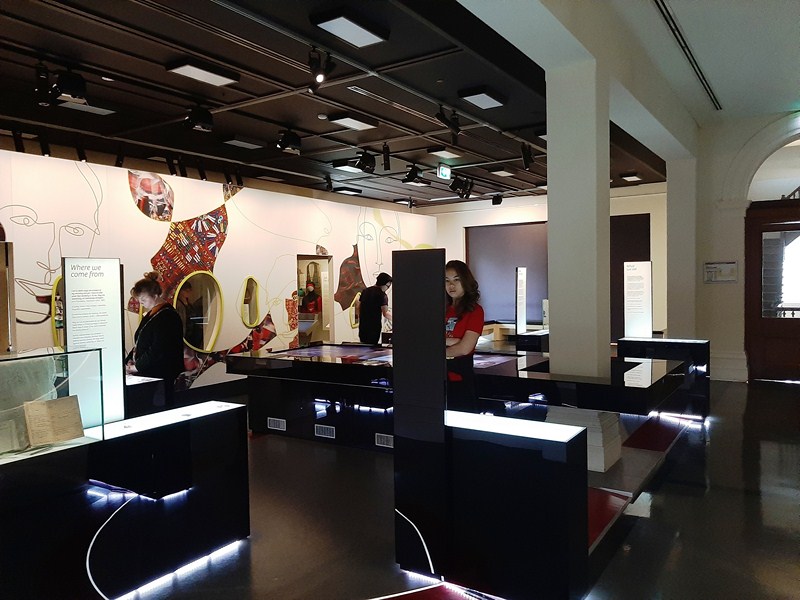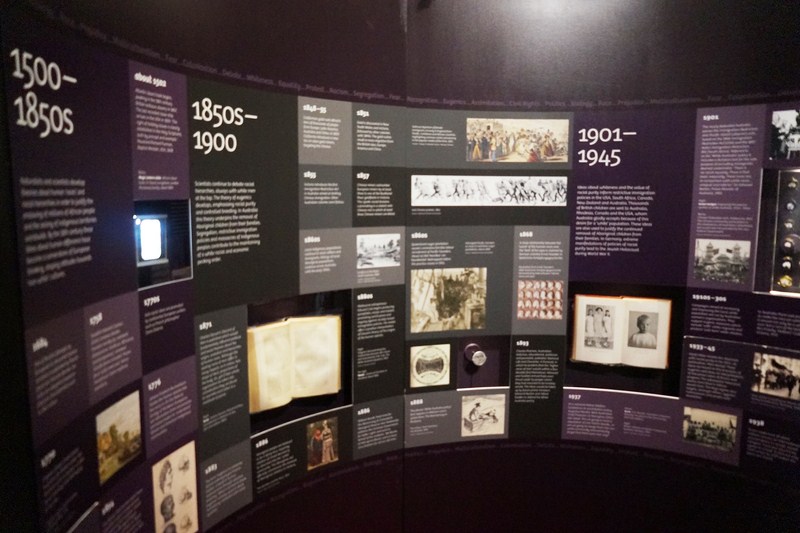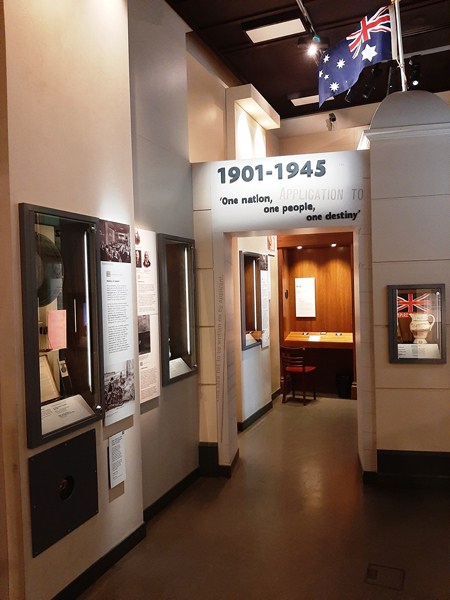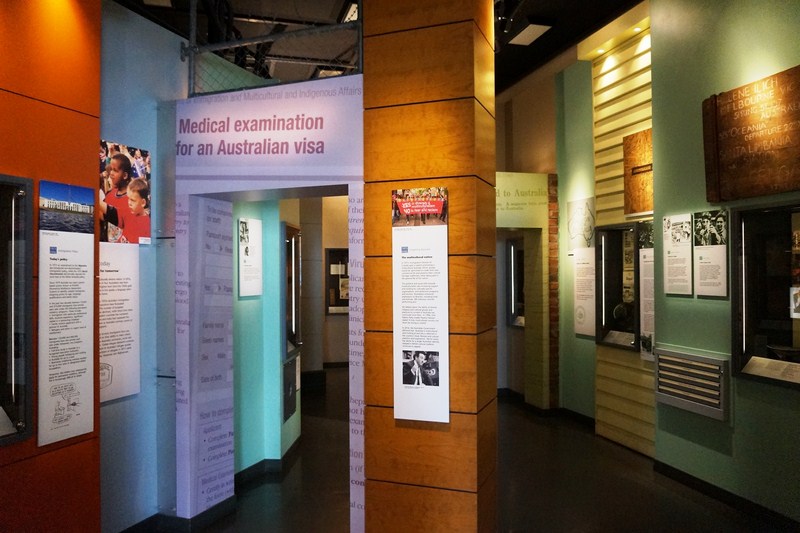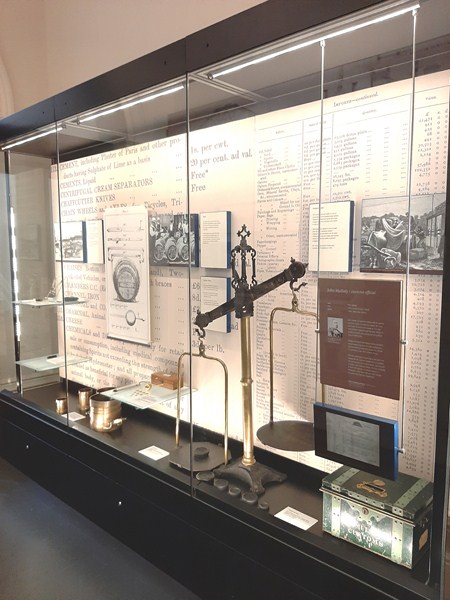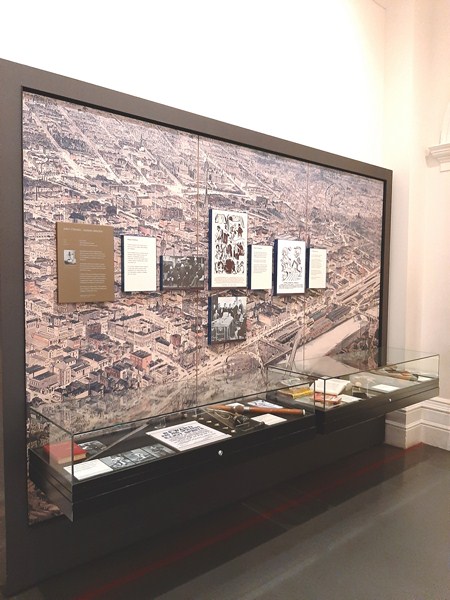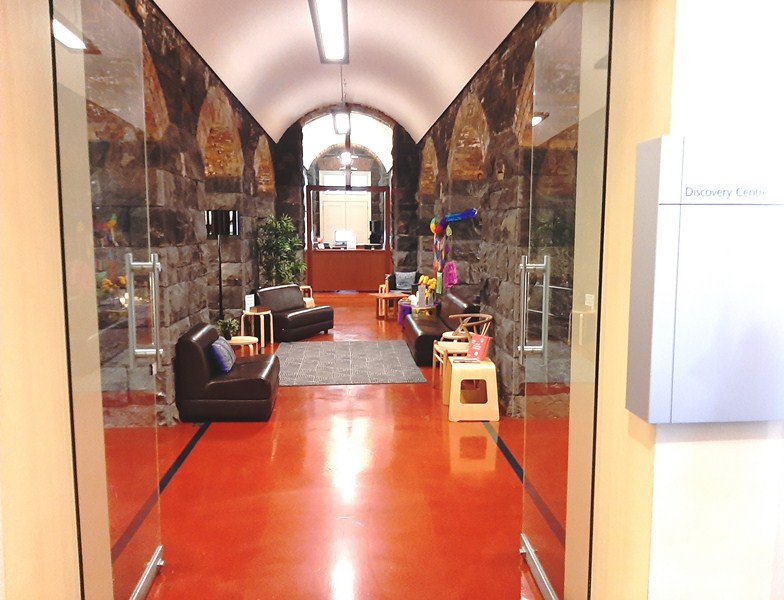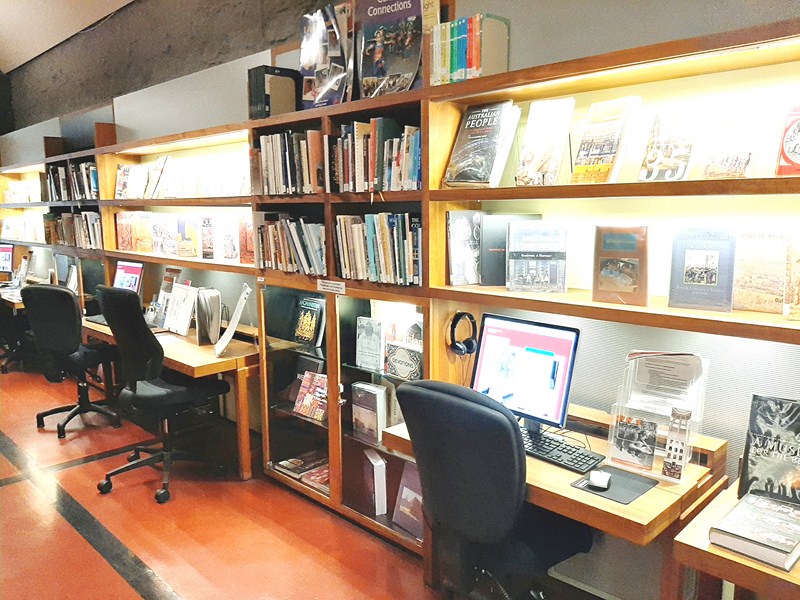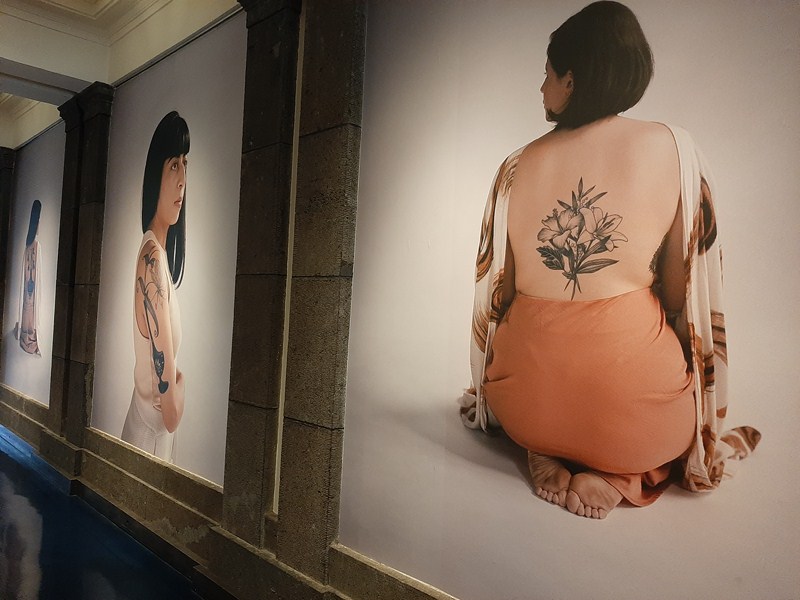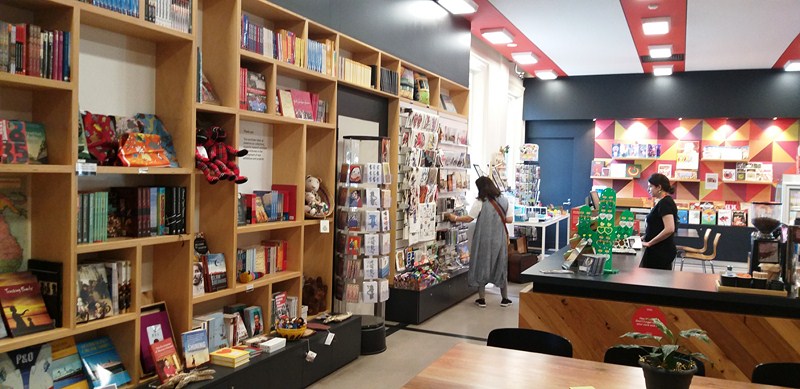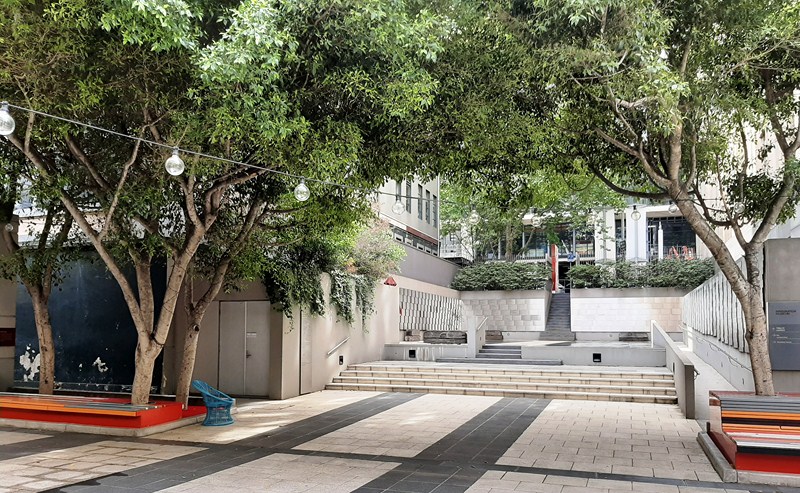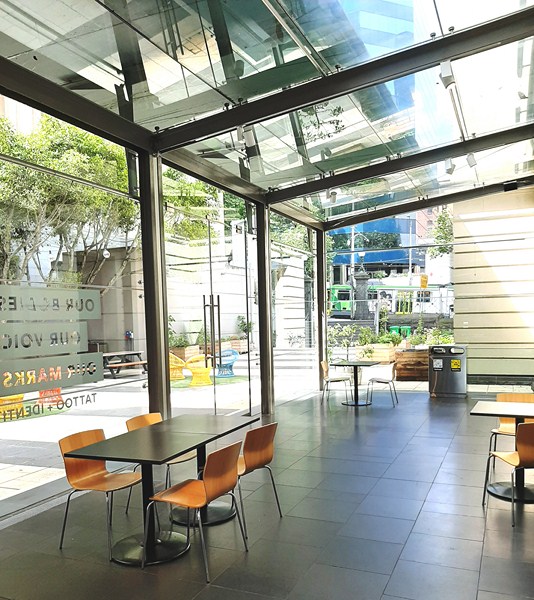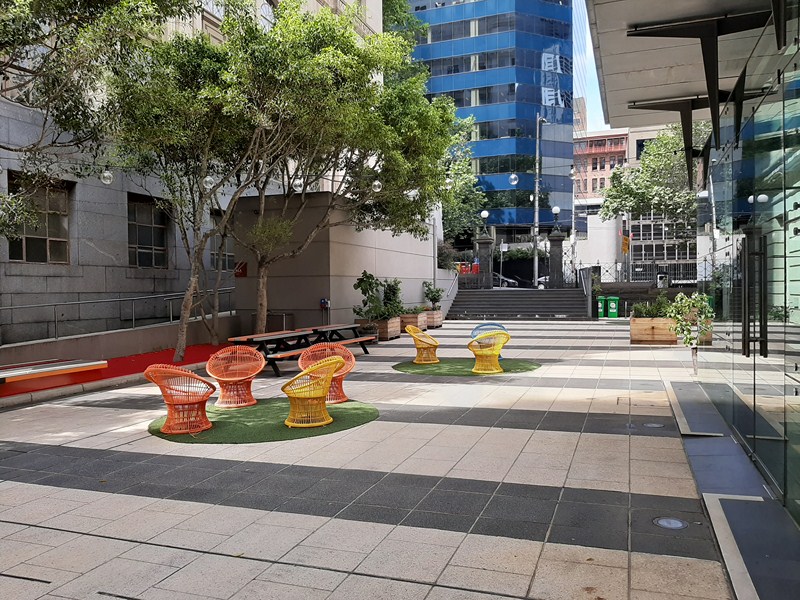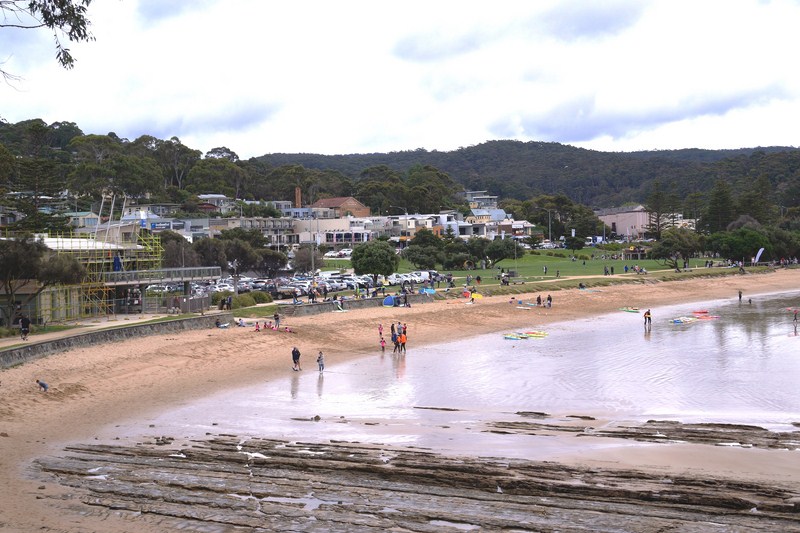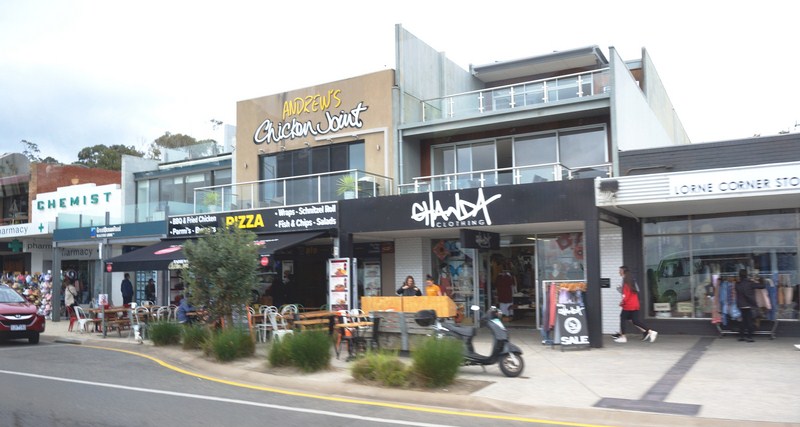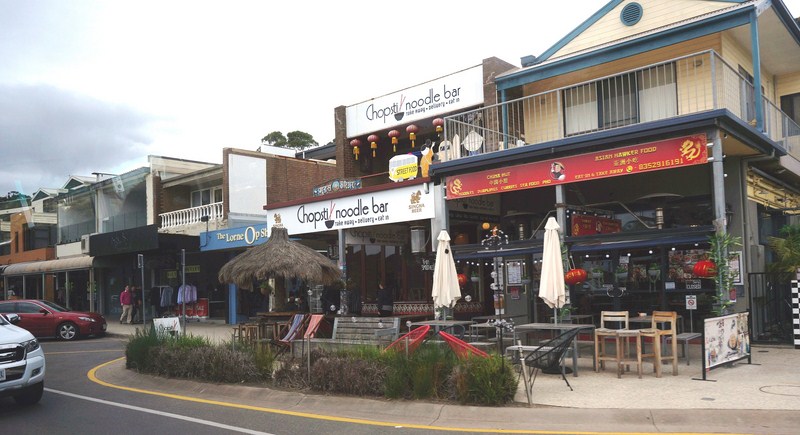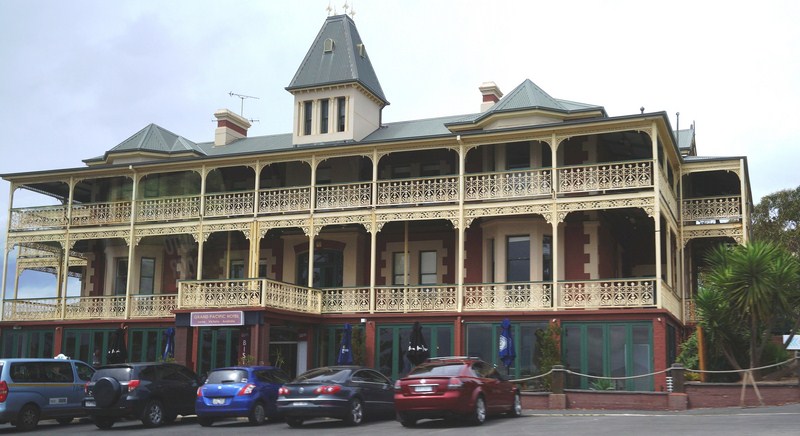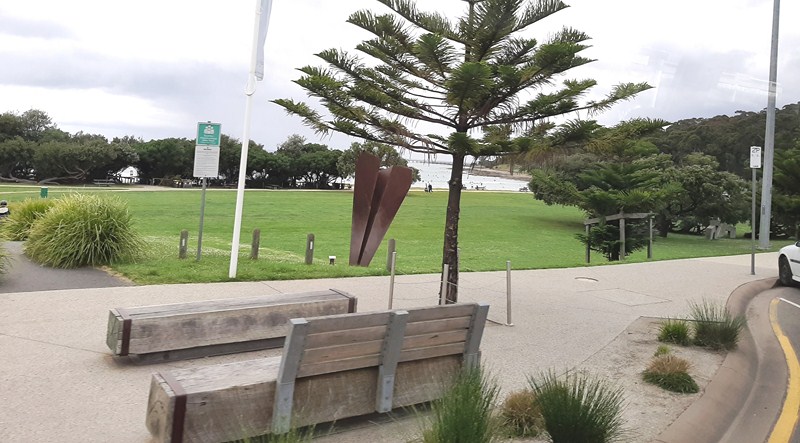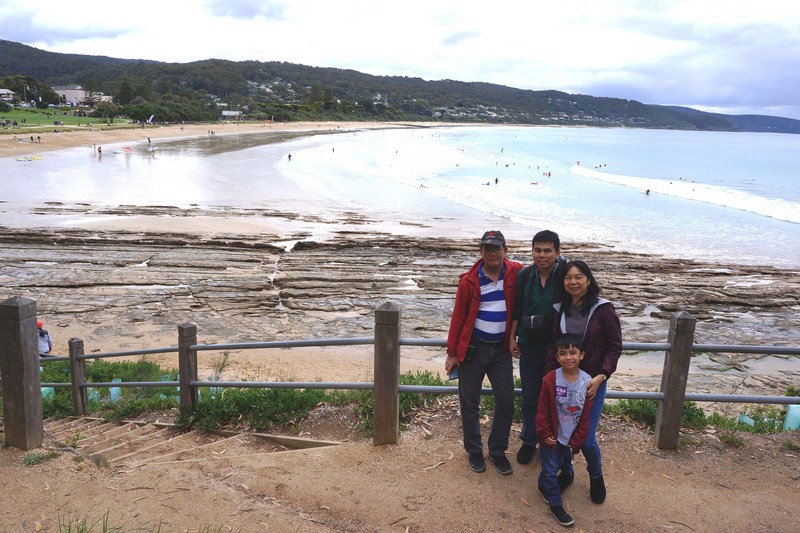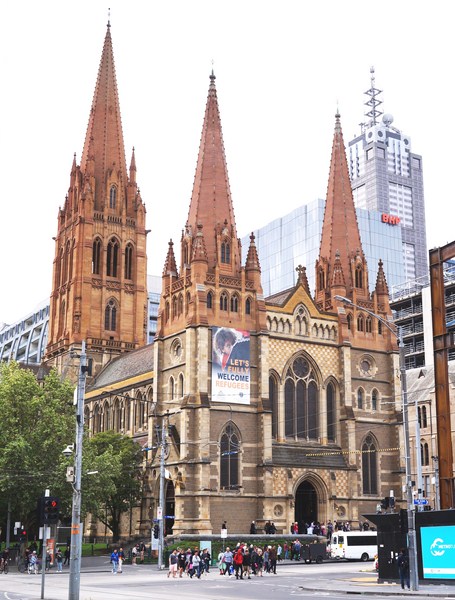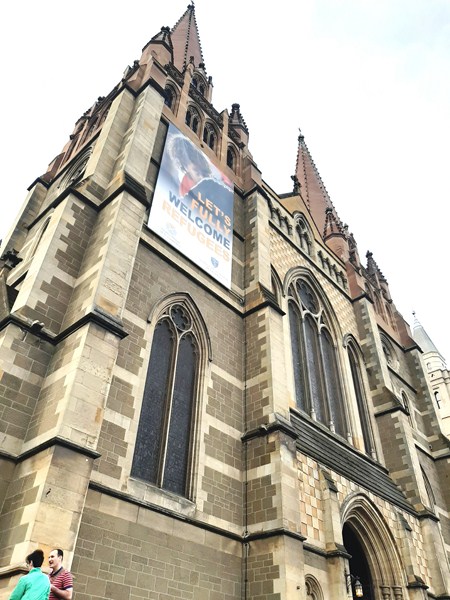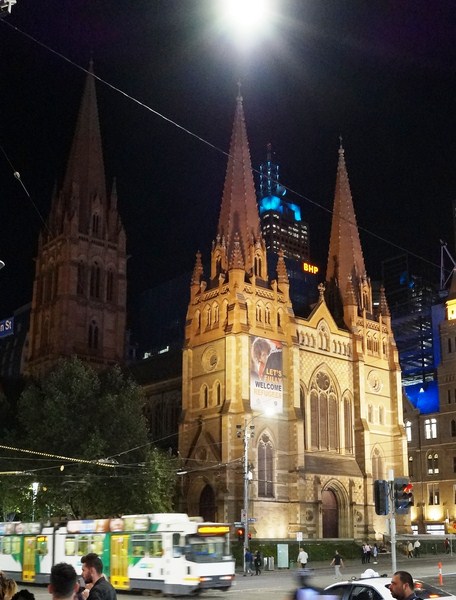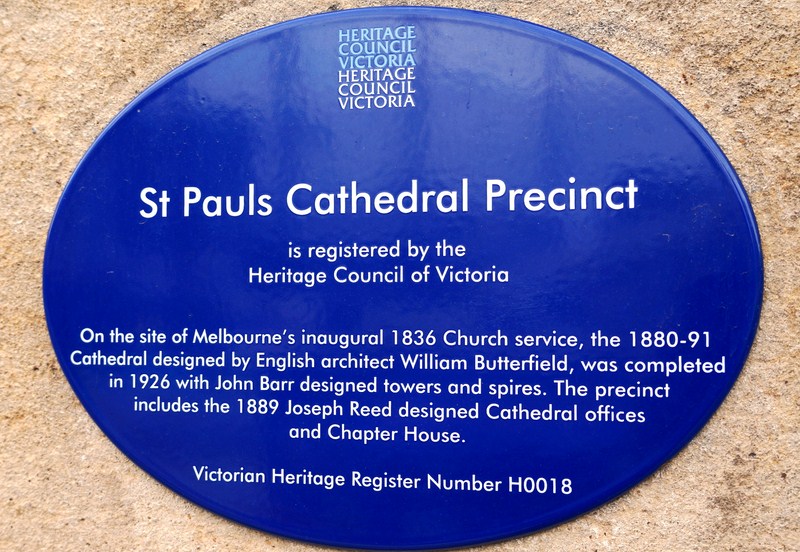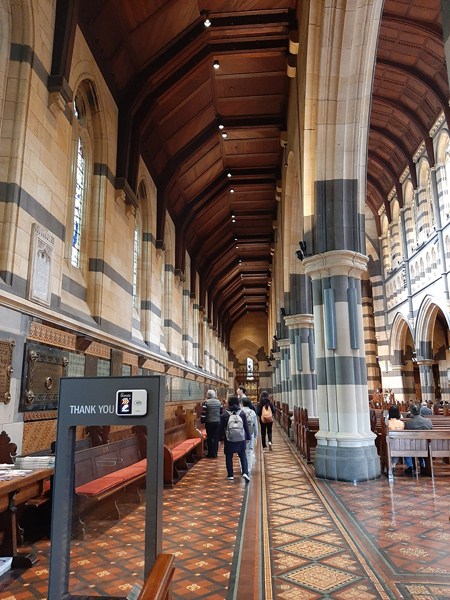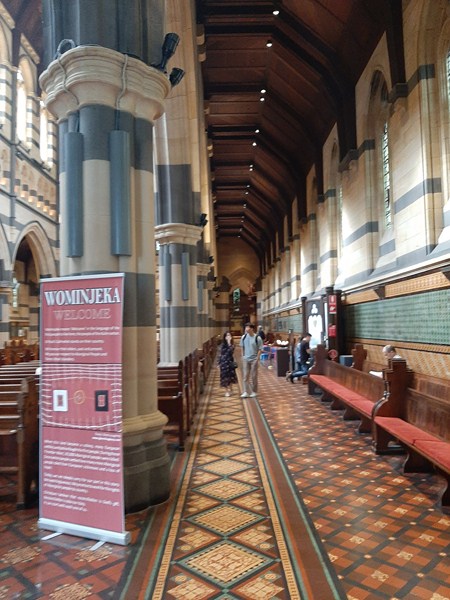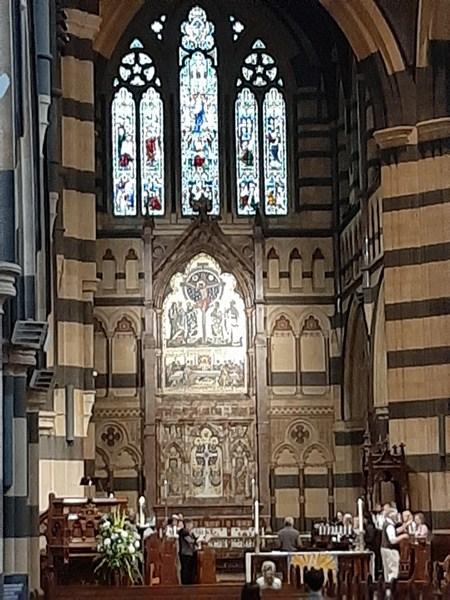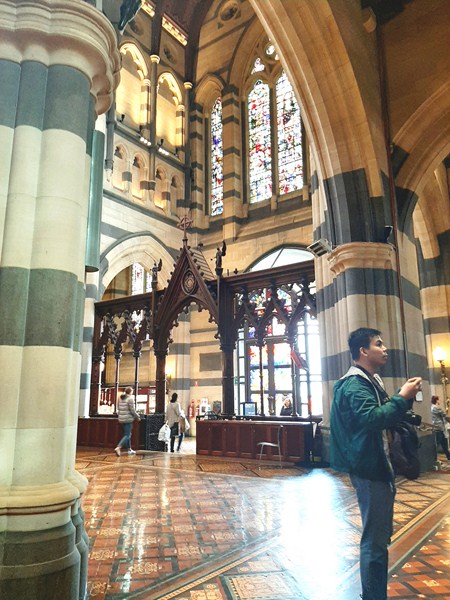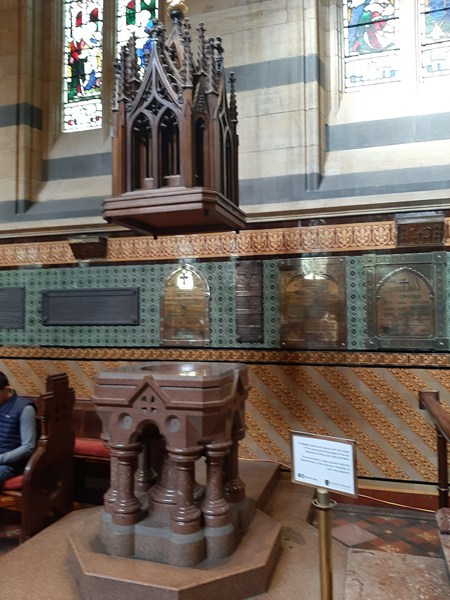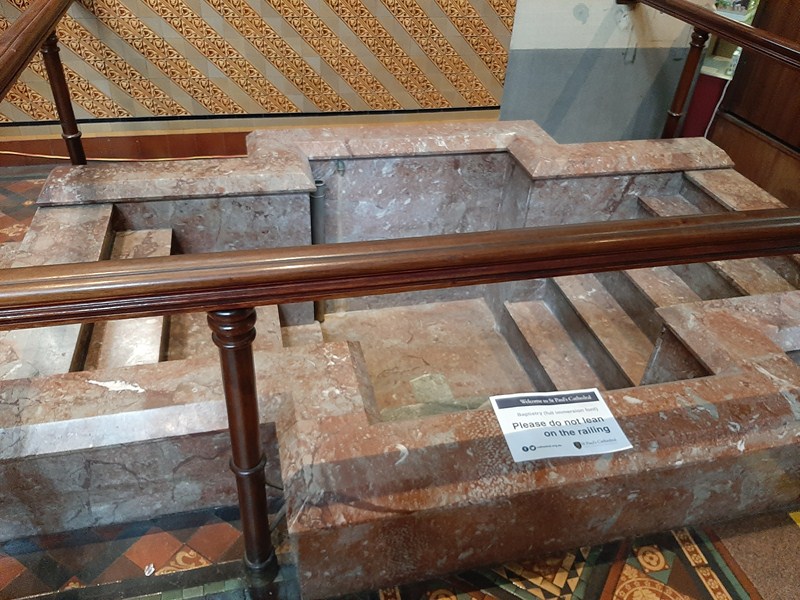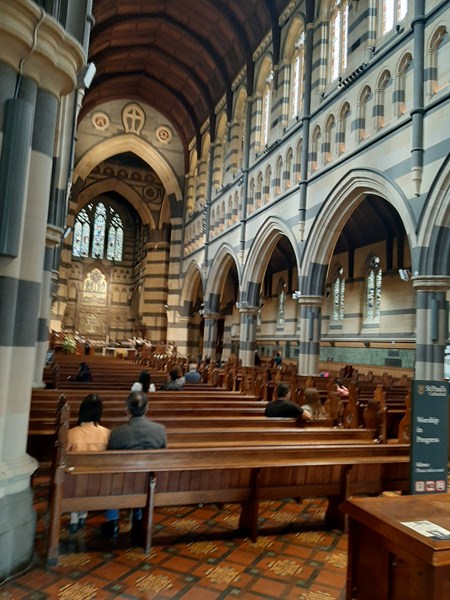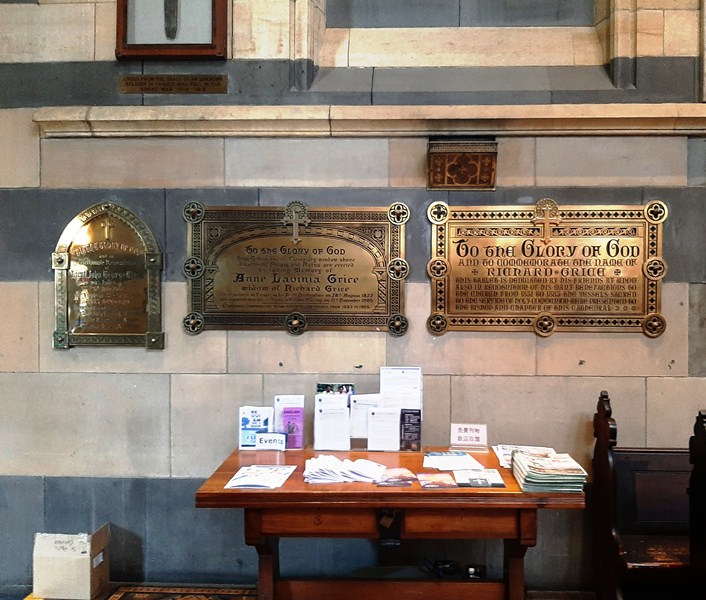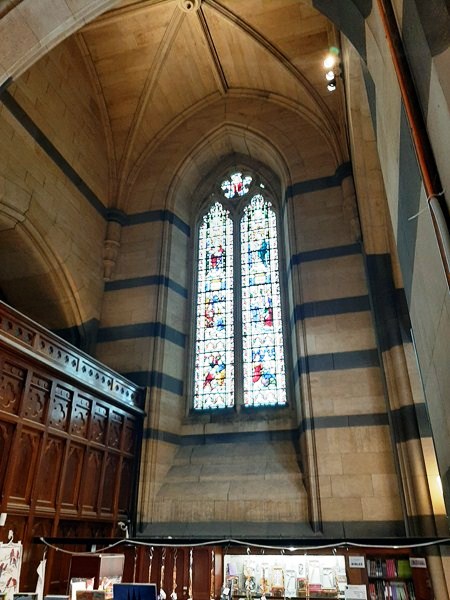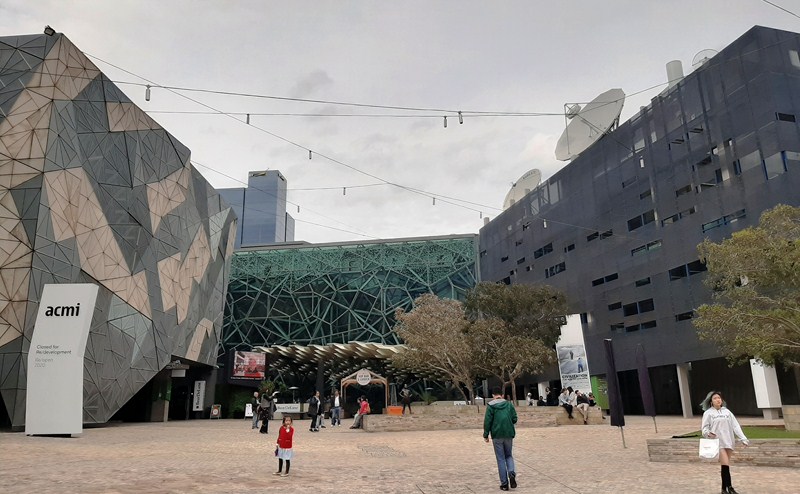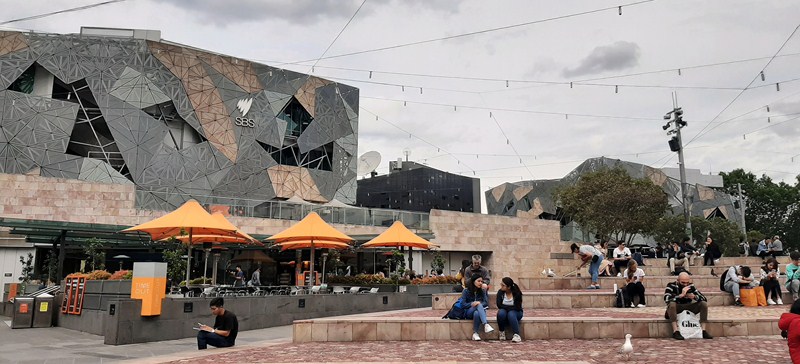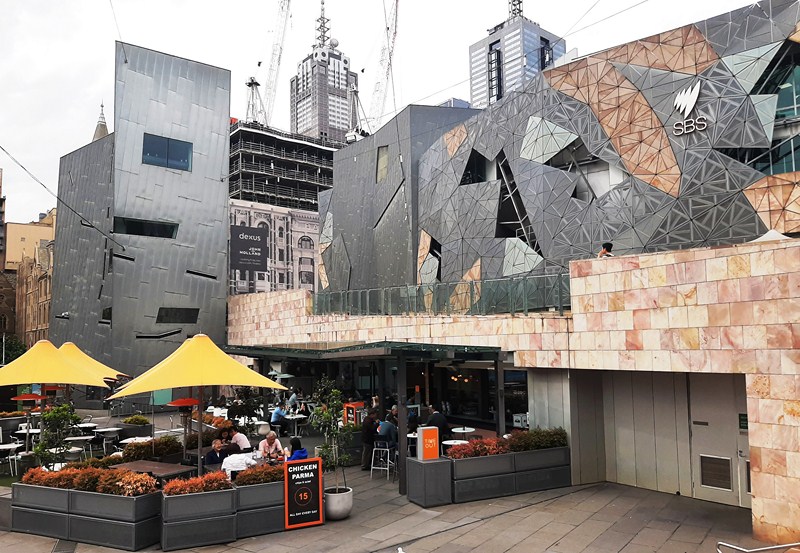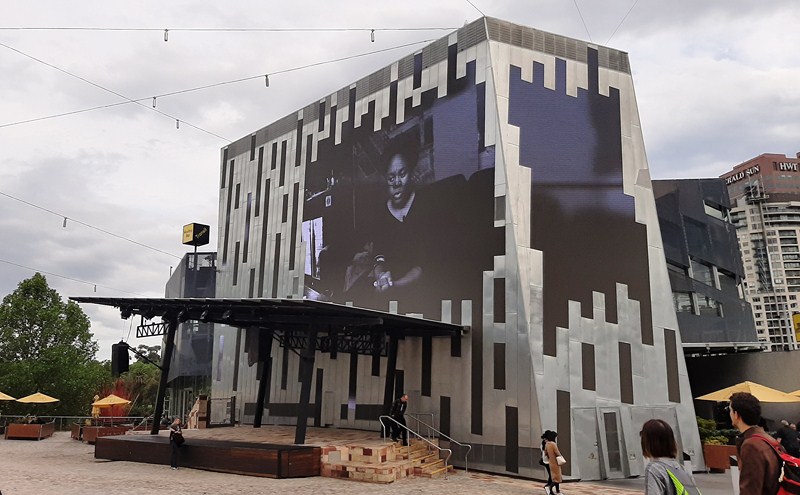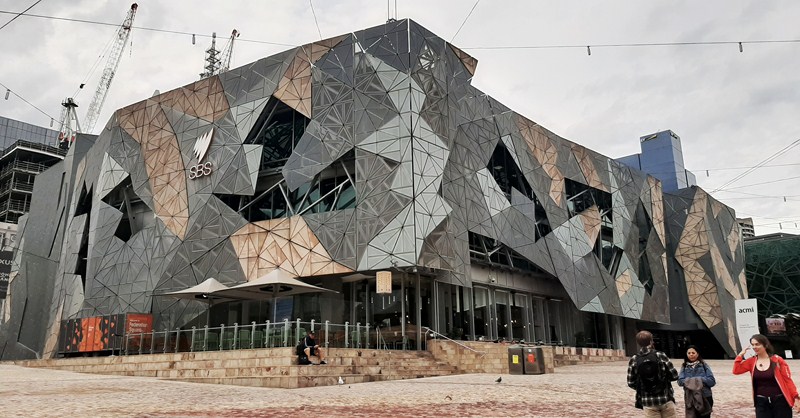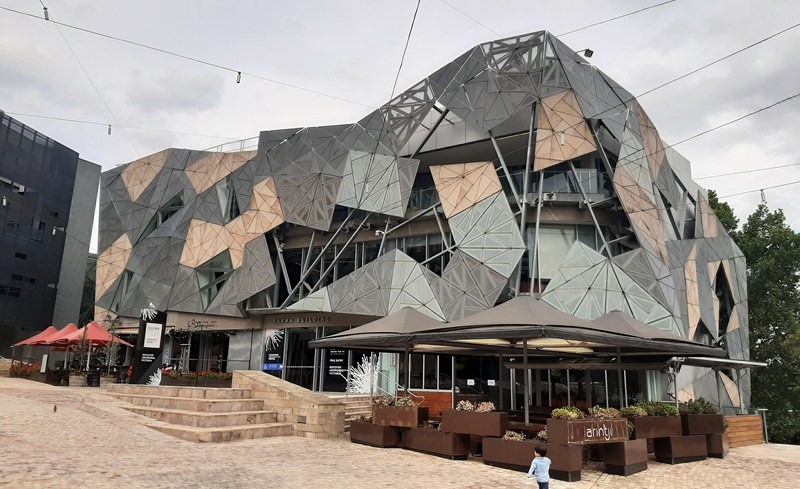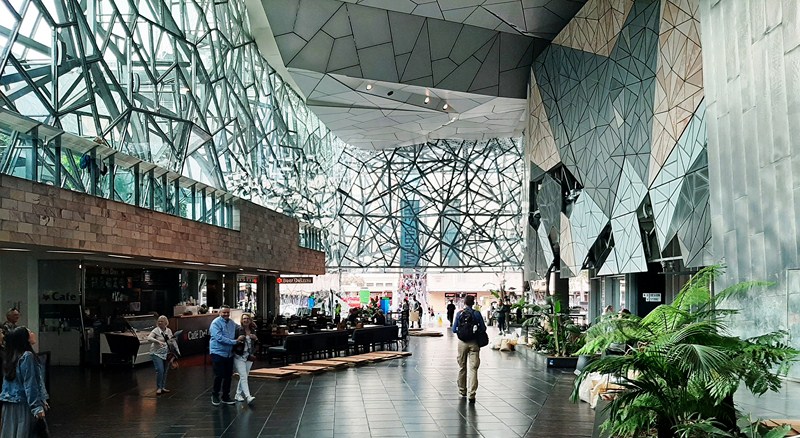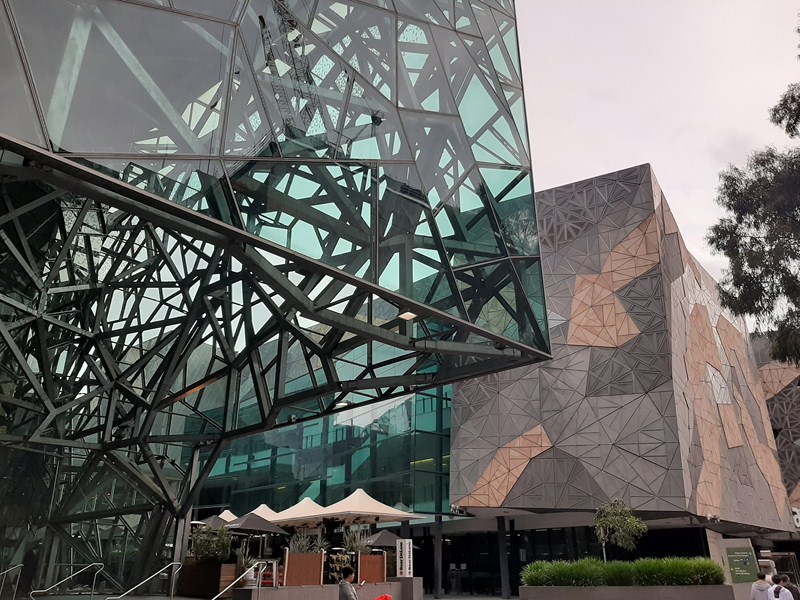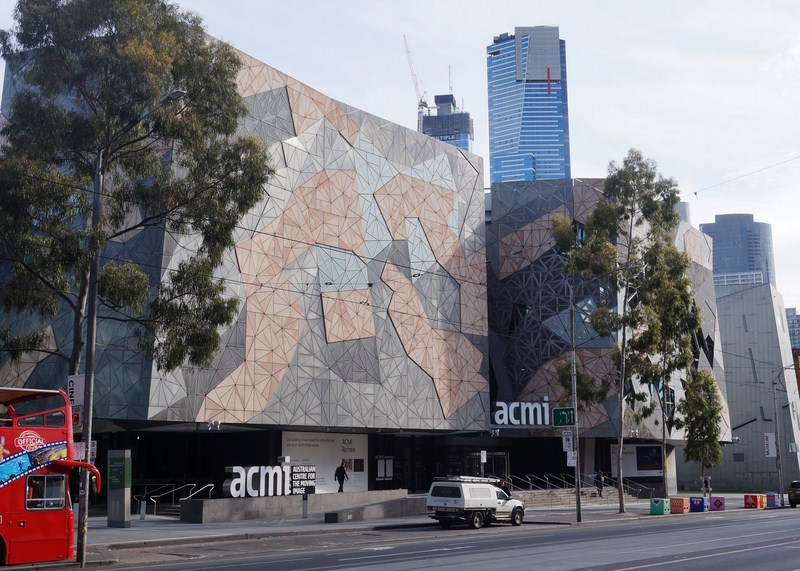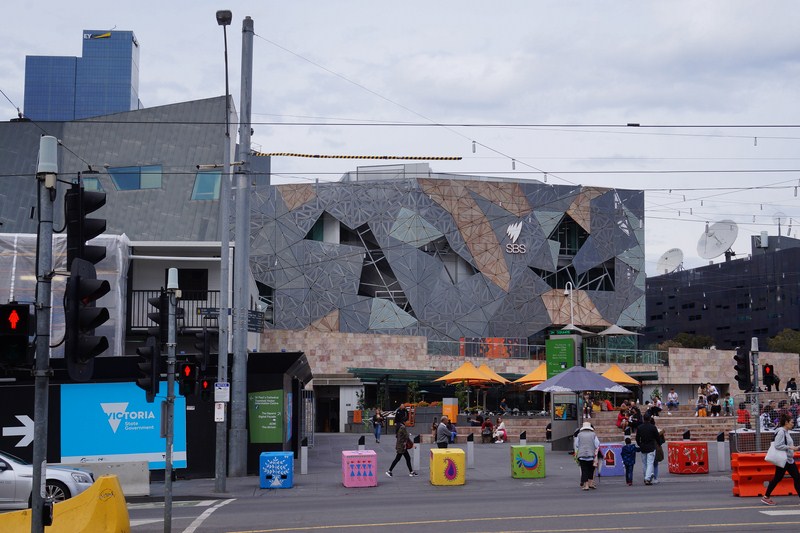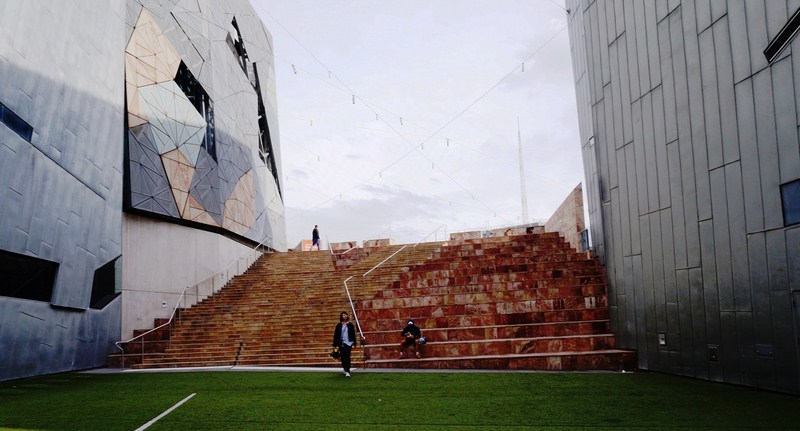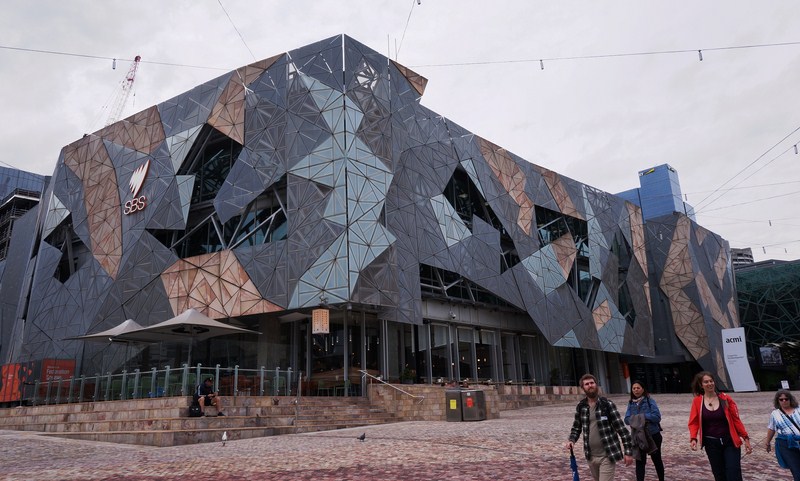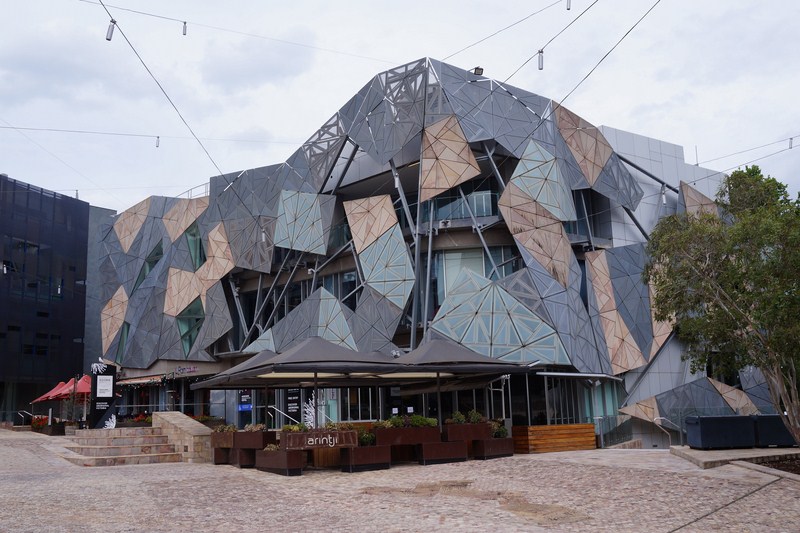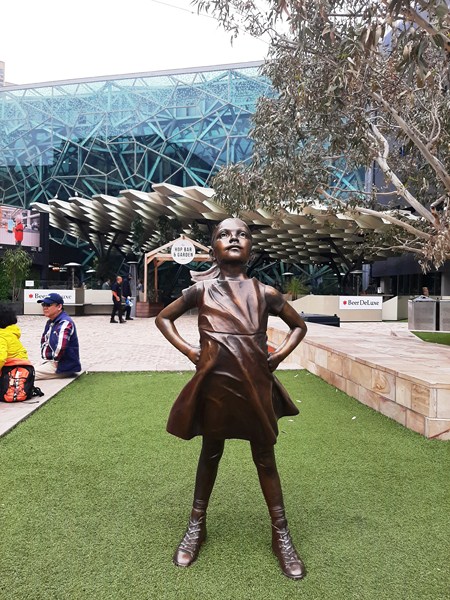The modern, dome-shaped, open-sided Chapel of Sto. Niño de Paz (Holy Child of Peace), set amidst the verdant lushness under the leafy canopies of the tree-filled Greenbelt Park, a green oasis in the heart of the concrete jungle and chaos of the city.
Checked out “Greenbelt Park”
Amidst skyscrapers in the financial district, it stands as a quiet retreat floating in the middle of a pond and accessible by a narrow pathway through dense vegetation. It has. Surrounded by a tranquil pond, green plants and spectacular sculptures, the park is an idyllic escape from the cacophony of the city.
Commonly called the Greenbelt Chapel, it is perhaps the only church hidden in the lush and landscaped gardens of a bustling retail, dining and commercial center and is one amongst the most impressive and outstanding buildings of the city. It is also one of only two known round chapels in the country (the other is the Church of the Holy Sacrifice in Diliman, Quezon City).
Check out “Church of the Holy Sacrifice”
Unlike traditional Roman Catholic churches with thick enclosed walls, this chapel is open air and it mostly resembles a pavilion, with a roof built in the shape of a soldier’s cap and a covered walkway leading to the center of the church from the entrance.
Originally, the church was not part of the plans of owner Ayala Corporation, developer of the country’s financial capital. In the 1970s, the chapel’s site used to be an aviary, a particular attraction at Greenbelt Park, then the breathing space of the old Makati Commercial Center.
Dominating the landscape then were spacious parking lots, a popular supermarket and stand-alone restaurants and shops. Today, the Greenbelt Chapel is the only existing landmark among its contemporaries in the park within the steel and concrete enclave of Makati.
The chapel was a brainchild of Ms. Fanny Del Rosario Diploma (a cancer survivor) and her husband, Atty. Nordy Diploma. Coming from a wealthy family, they decided to build a chapel as thanksgiving for Fanny’s new lease on life.
Approaching the Ayalas, they offered to build a church if a site was made available for them in the largely still undeveloped Central Business District. After seeing seen the master plan, Fanny pointed at a very unlikely place to build anything – the center of the lagoon.
The Ayalas agreed, on condition that nothing permanent would be built on the site. Anytime it was needed, the chapel can be removed. Contrary to popular belief, the Greenbelt Chapel was not made of thin shell concrete and was not designed by National Artist for Architecture Leandro V. Locsin. For this very special project, the couple called their architect, Enrique “Jess” Dizon (architect-on-record) who, in turn, called the young Topy Vasquez, his former staff who was, at that time, working for Architect Gabriel Formoso. Dizon rendered the circular pattern of the building while Architect William Fernandez designed the structure.
Given the condition that the structure be temporary, both architects used a simplistic yet amazing design that featured a steel-framed dome clad with staggered 6 mm. (1/4”) thick marine plywood (at the time, the Diplomas owned one of the largest plywood manufacturing companies), waterproofing and paint. In case Ayala Corporation decided to assert their right over the “temporary” chapel’s site, it can be lifted and moved by helicopter.
Originally, the design called for a dome that would seem to float over water plus a basement (to be ventilated underneath the concrete cantilevers, just above the water line) where the sacristy and offices would be housed. However, due to budget constraints, the basement was scrapped. Instead, small extensions at the sides and back of the dome were built for the sacristy and offices.
During the construction, Ramon Orlina, another young architect, approached Architect Dizon and proposed glass sculptures (Orlina further studied glass sculpture techniques in Europe) to become part of the chapel. Complementing the simple yet powerful architecture of the chapel, the now renowned master glass sculptor fabricated the ceiling, the Dove of Peace, tabernacle, sacristy, the Mudrass Cross (the cross at the entrance outside the chapel), the altar table (made of glass and narra wood) with its tabernacle (that seems to miraculously rise out of nowhere) and the God the Father resin image (made with plexiglass wood) on the dome. All these dazzling commissioned artworks, beautifully integrated into the architecture, has not seen before in any church by the secular population.
A year after the chapel was granted a 30-year contract by the Ayala Corporation to use its present site at the Greenbelt Park, the chapel was completed and inaugurated and dedicated on July 28, 1983 by His Eminence the late Cardinal Jaime Sin with Jaime Zobel de Ayala, Atty. Nordy and Fanny Diploma and numerous benefactors and guests.
In the last 30 years, the dome-shaped chapel has seen the completion of the high-end, Ayala owned Greenbelt Chain of Malls around it. When the chapel’s lease contract with Ayala Corporation expired on March 31 2012, Ayala Land Inc., its property arm, decided to retain the chapel in its present location, turning over its management to the Roman Catholic Archdiocese of Manila.
The beautiful chapel’s unorthodox design sports a domed ceiling that curves all the way to the ground in places. Today, Fanny’s temporary open-air chapel has outlived her and the chapel remains untouched and looks exactly the way it was designed in the early 1980s (the only practical additions were the corner office cubicles and the roofs at bridge entrances). It is now recognized as one of Makati’s tourist attractions.
Chapel of Sto. Nino de Paz: Greenbelt Park, Ayala Center, Makati City, Metro Manila. Tel: (632) 7729-8173.

